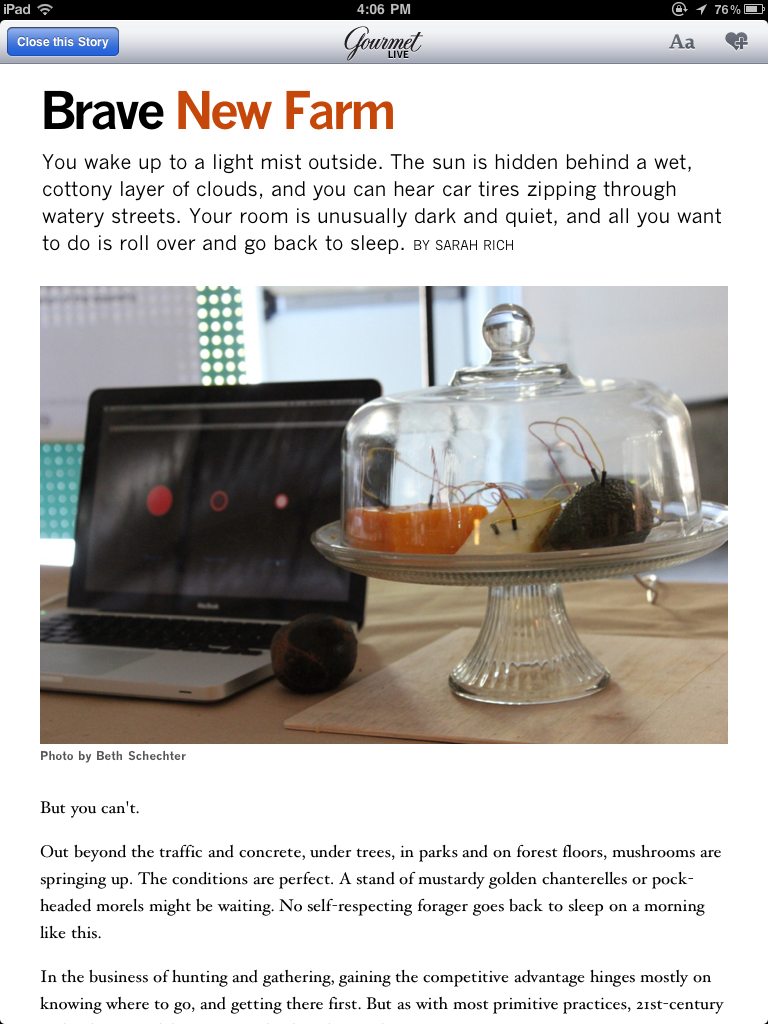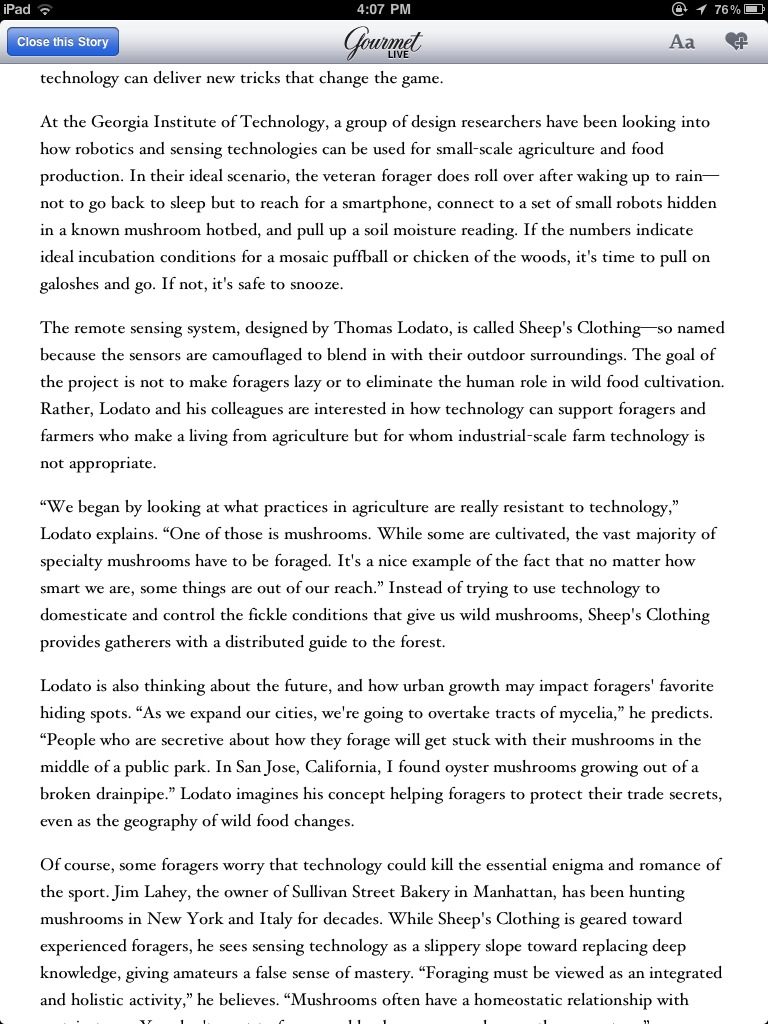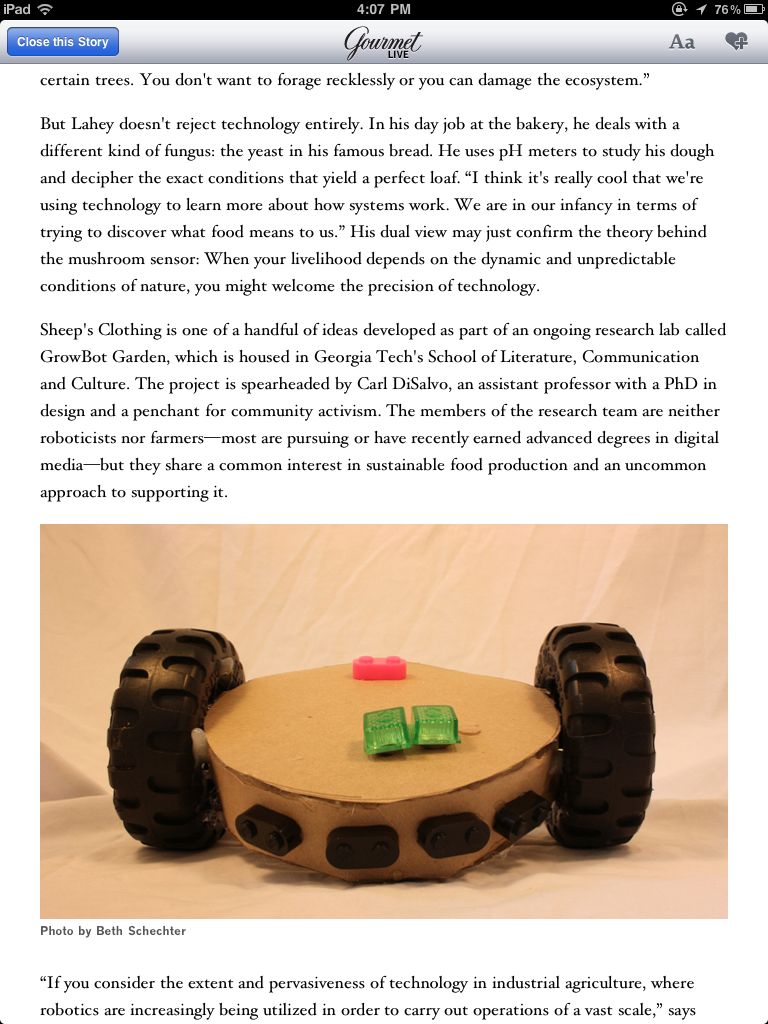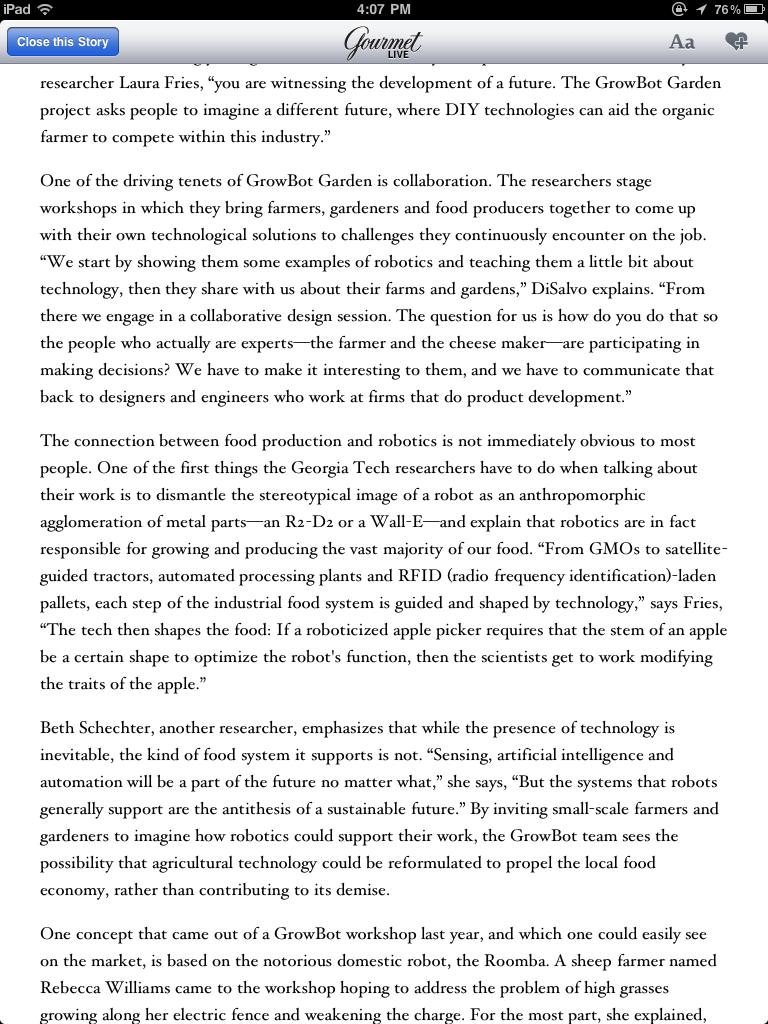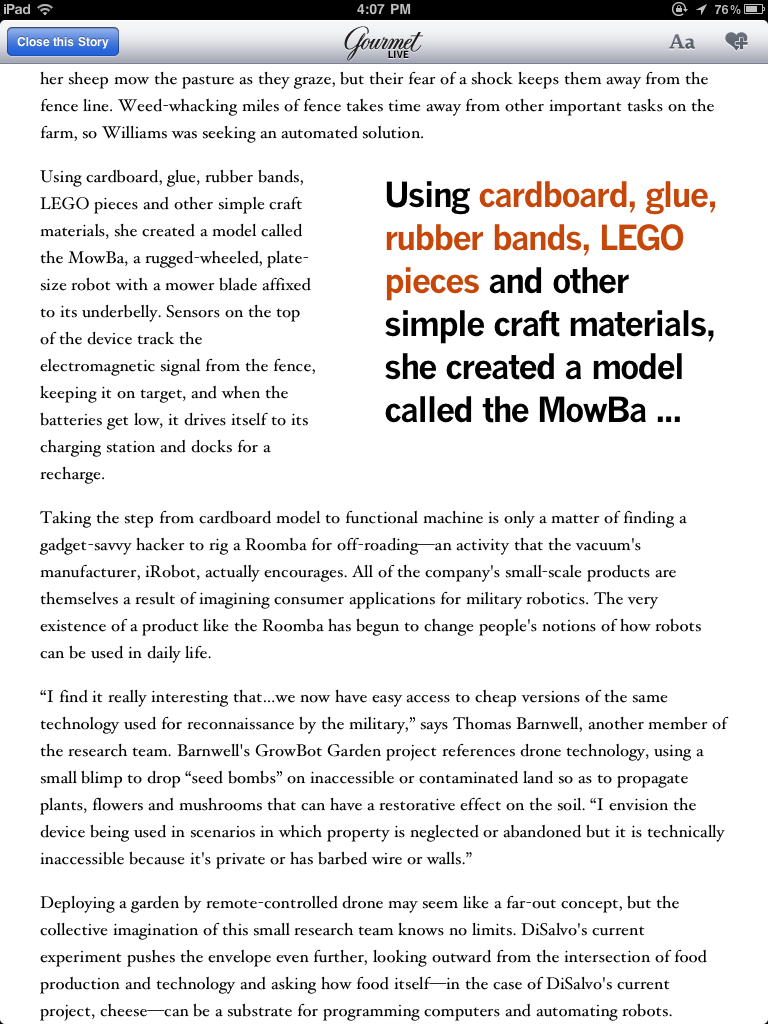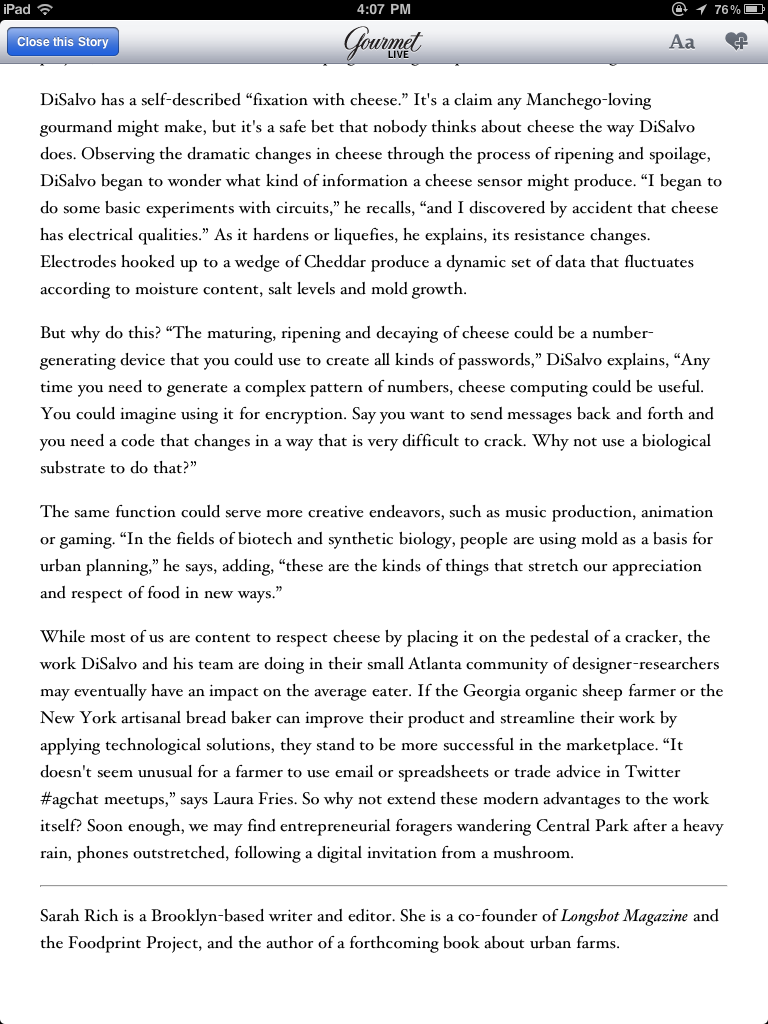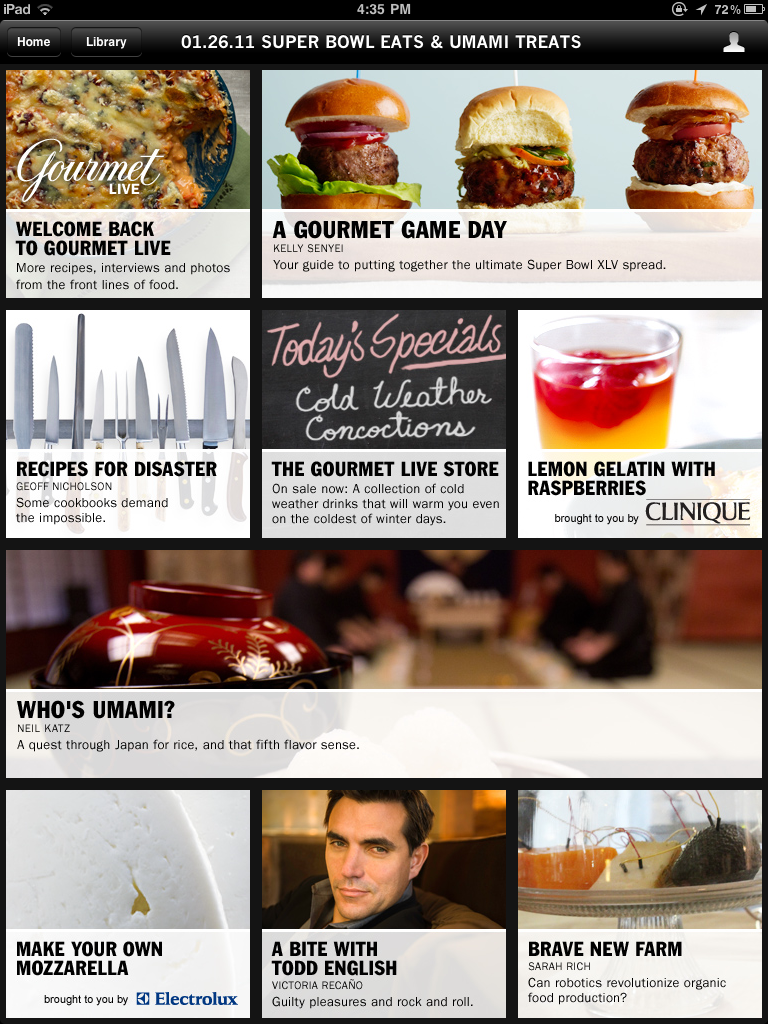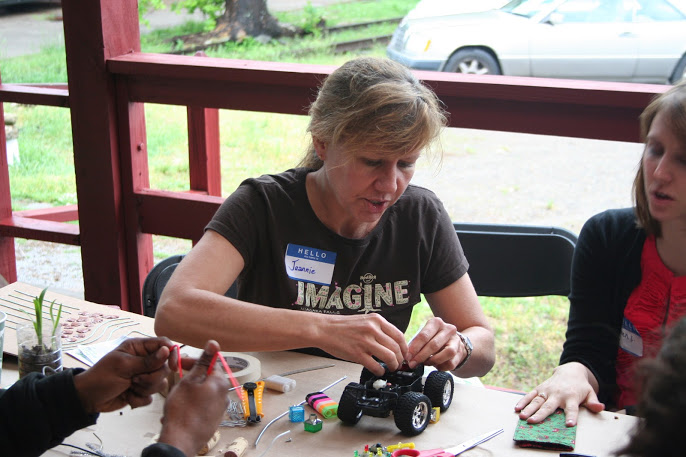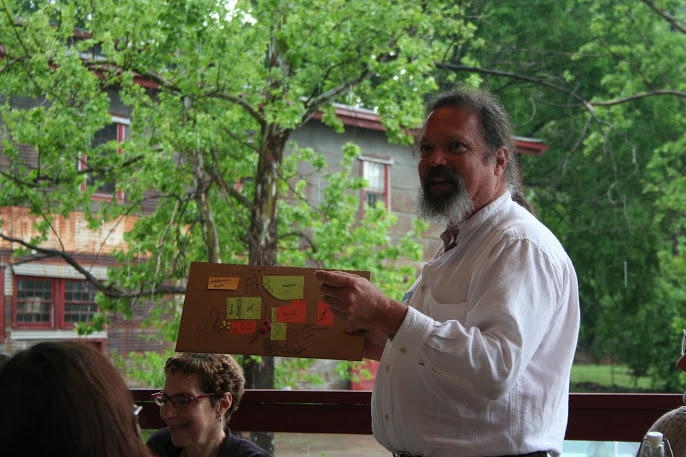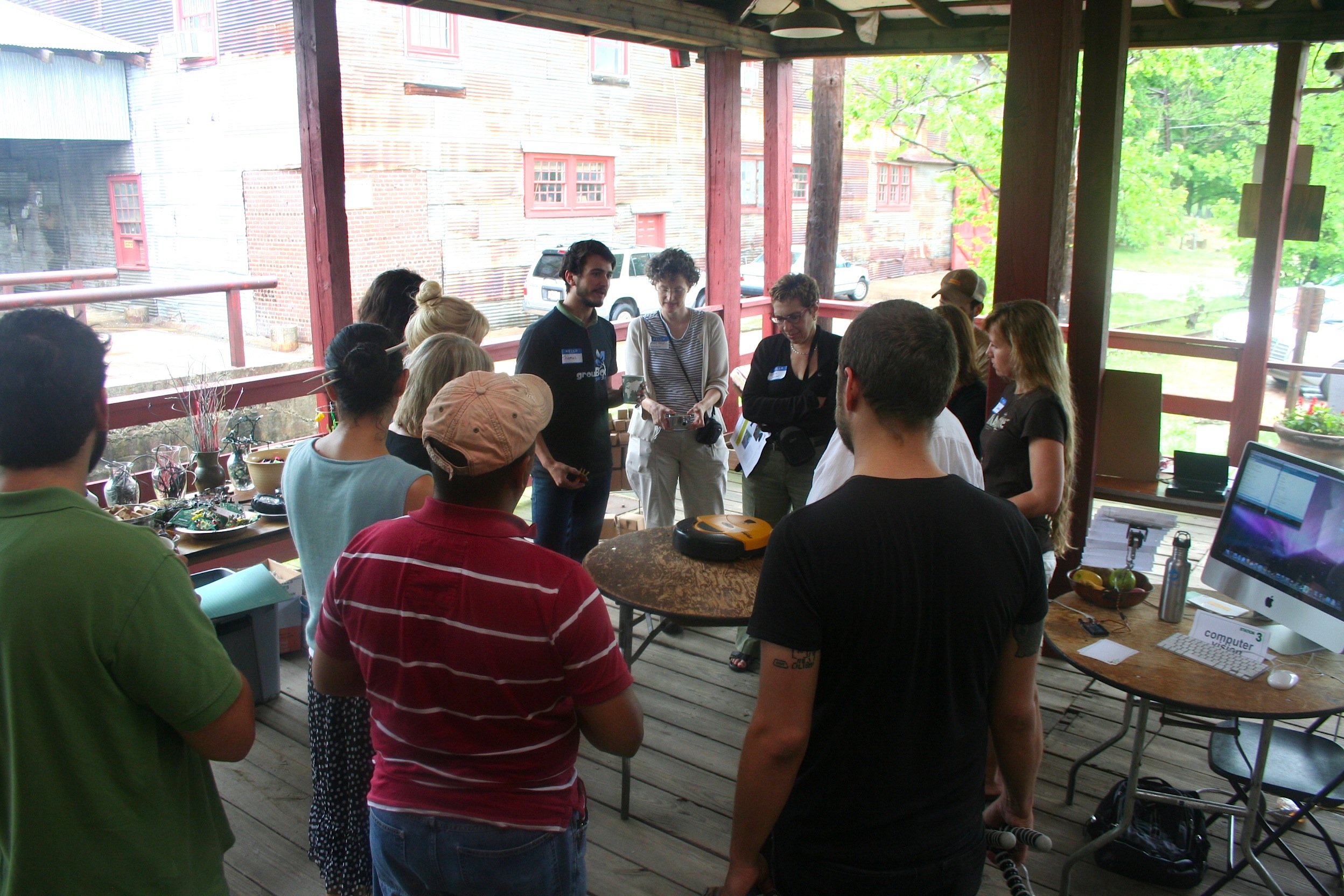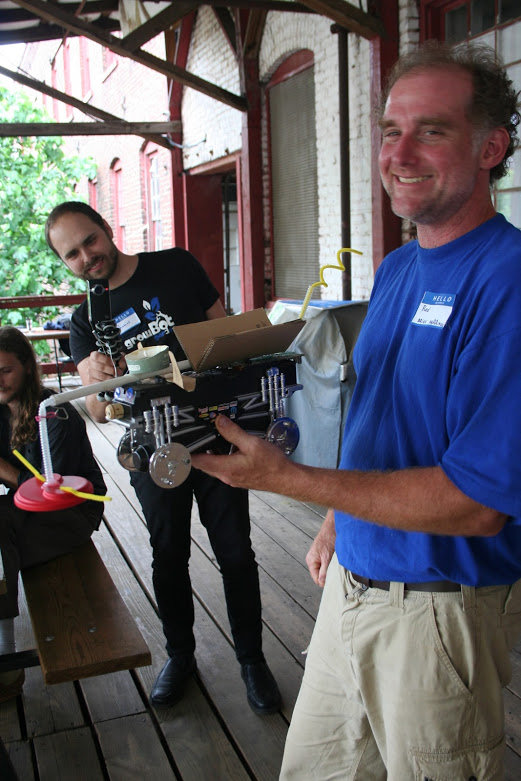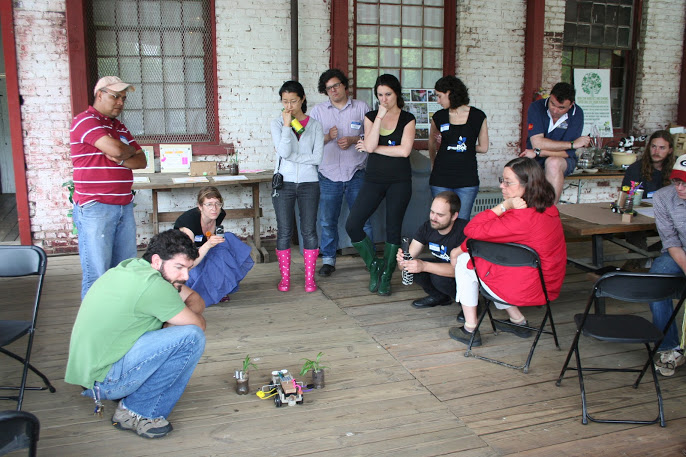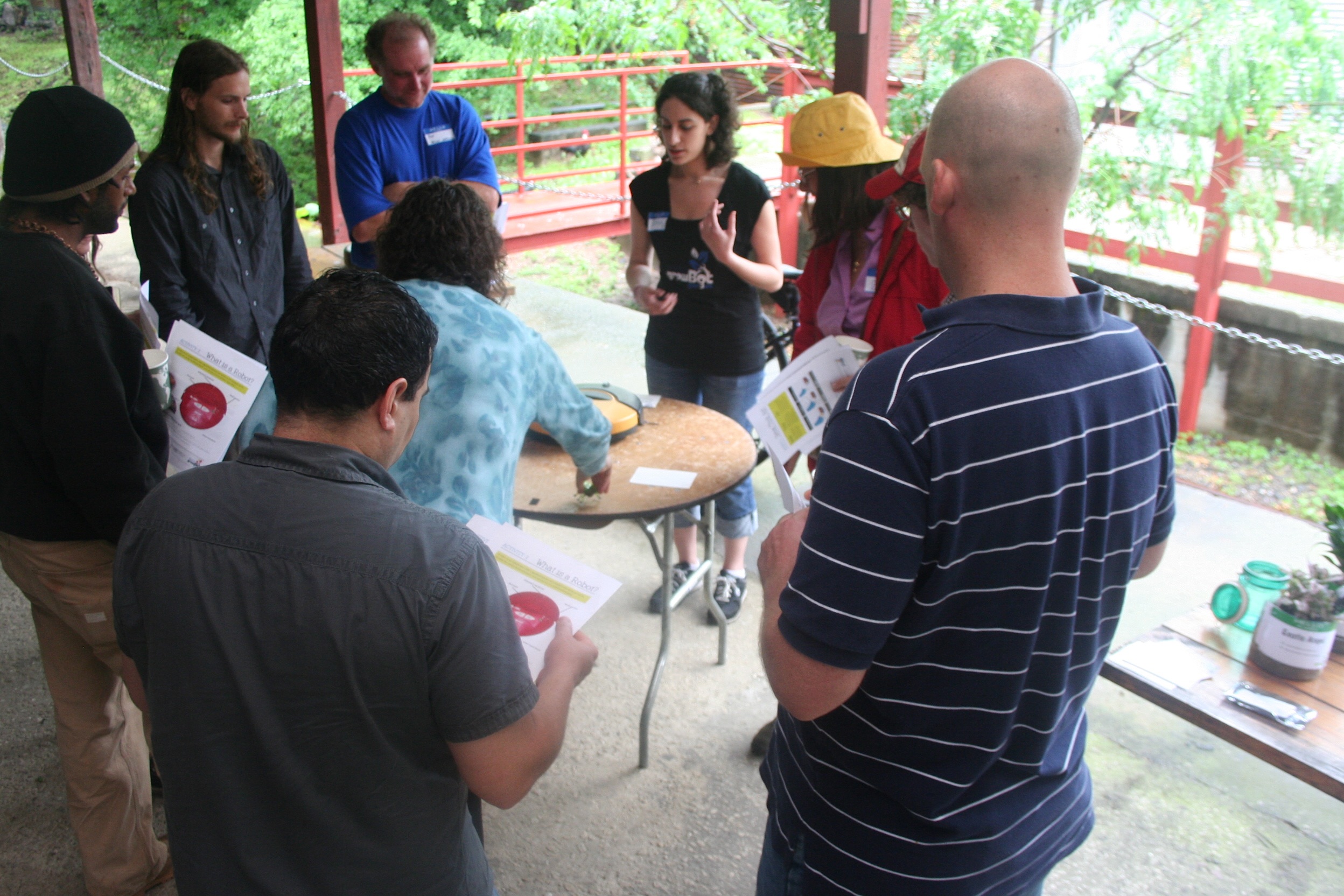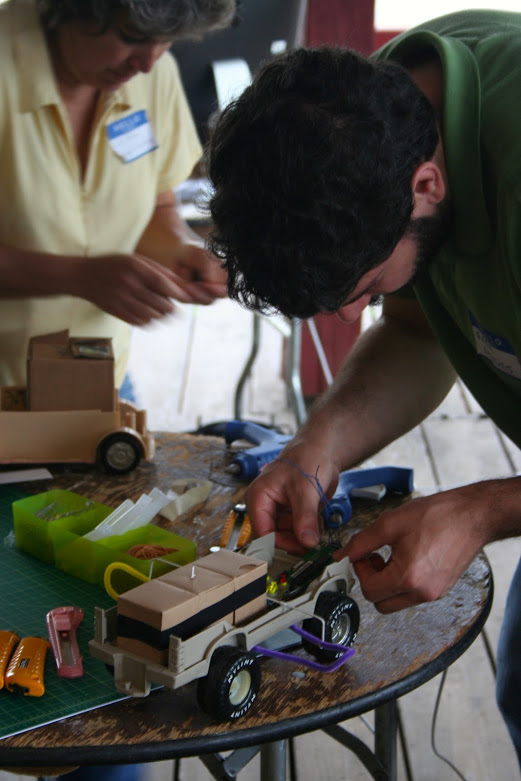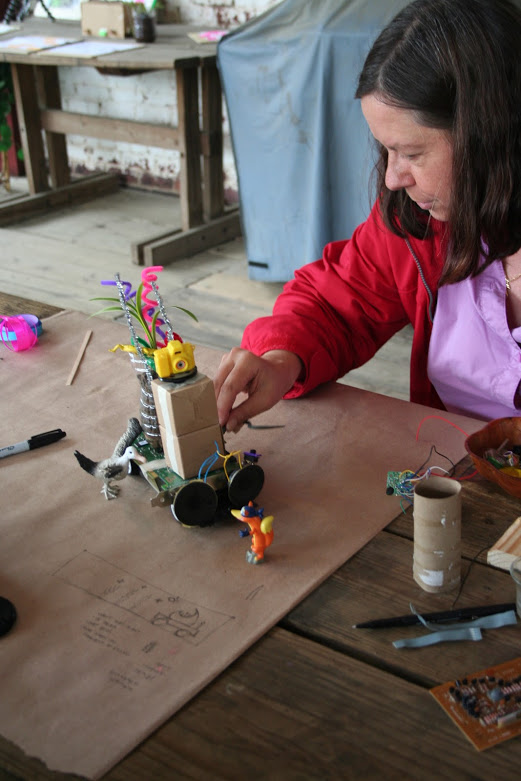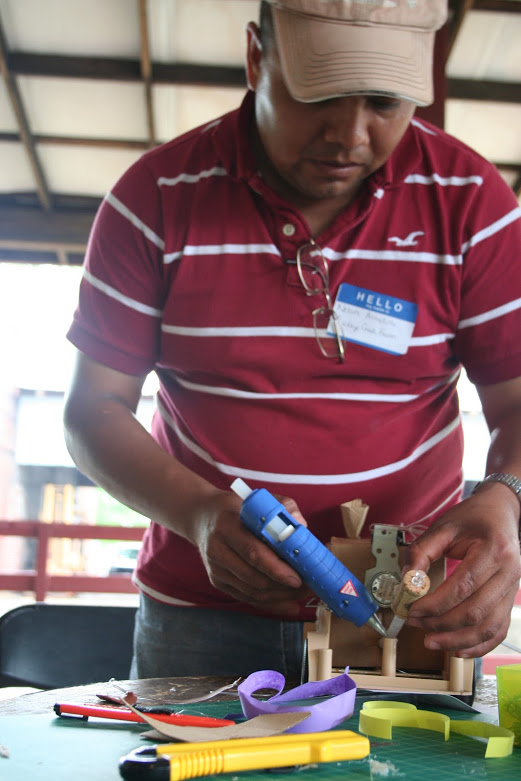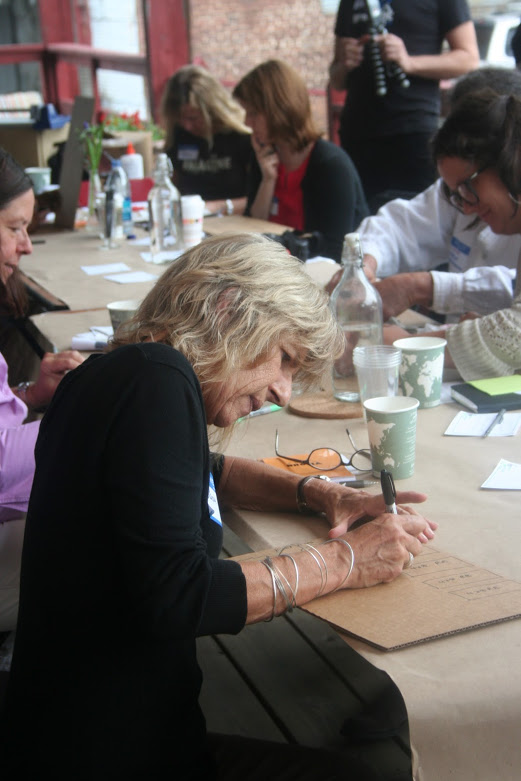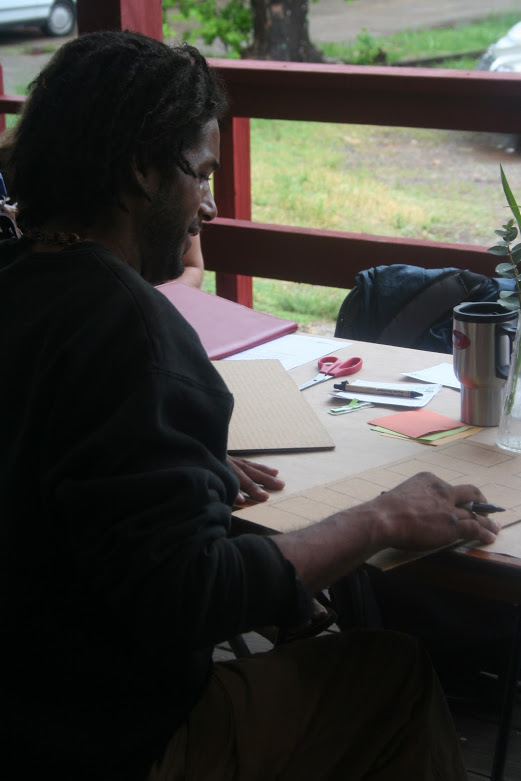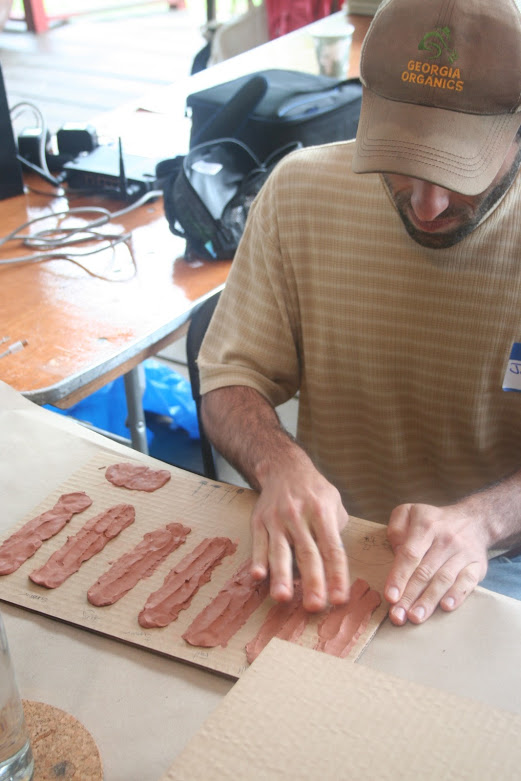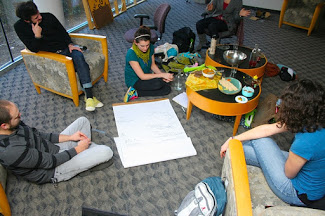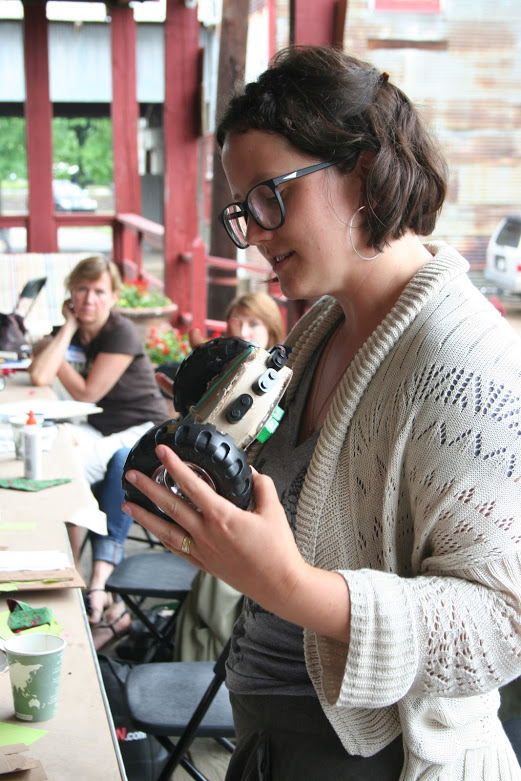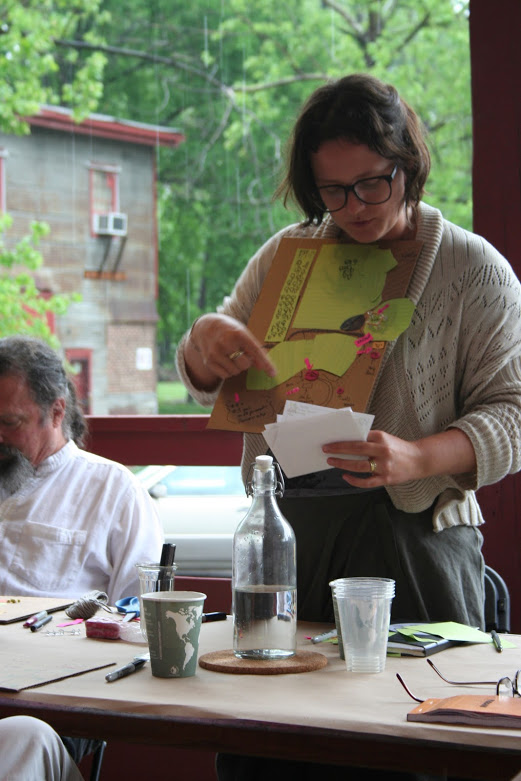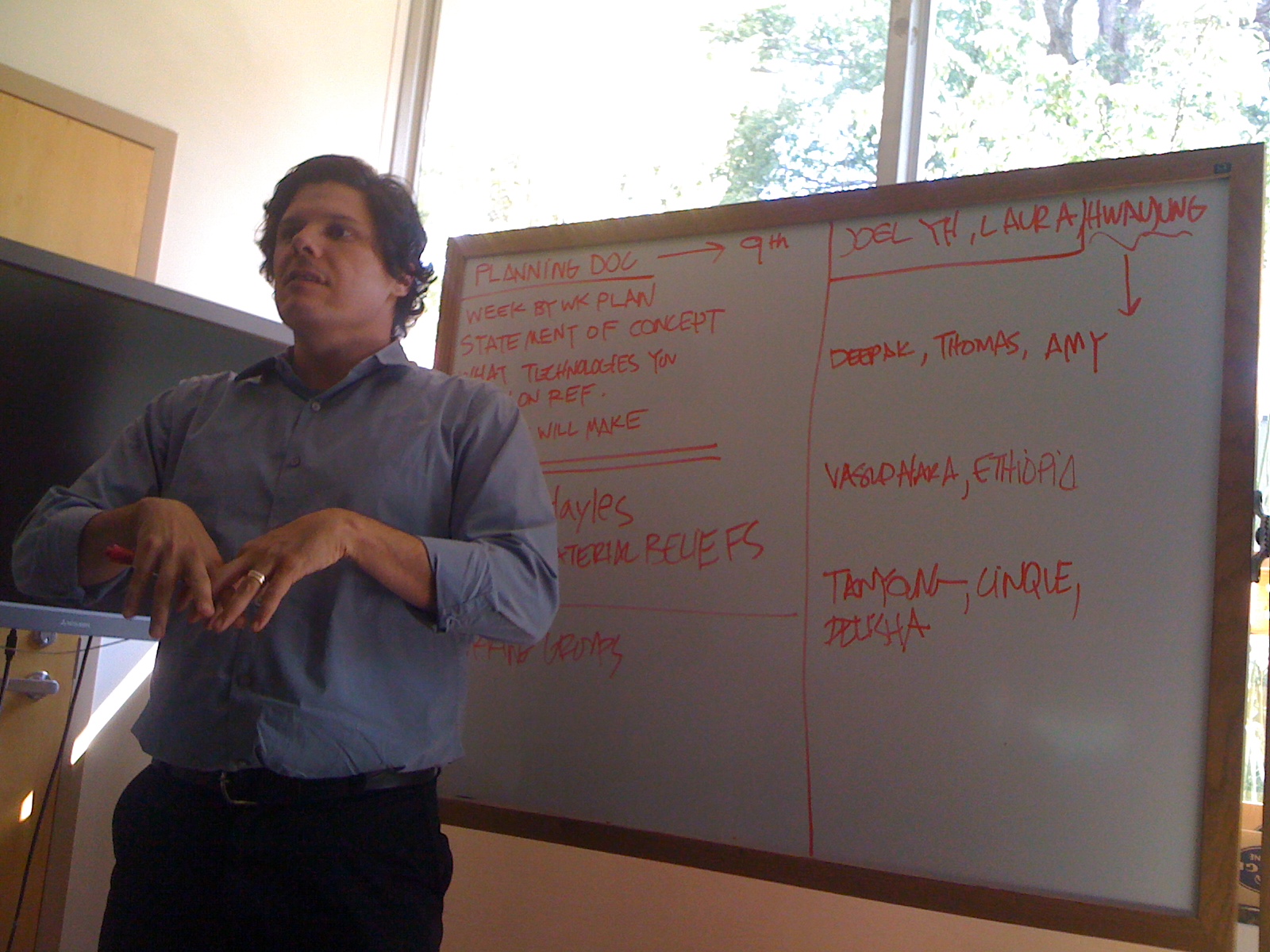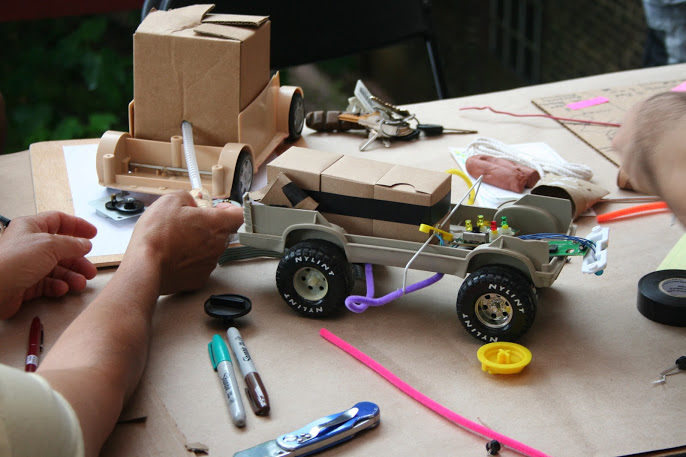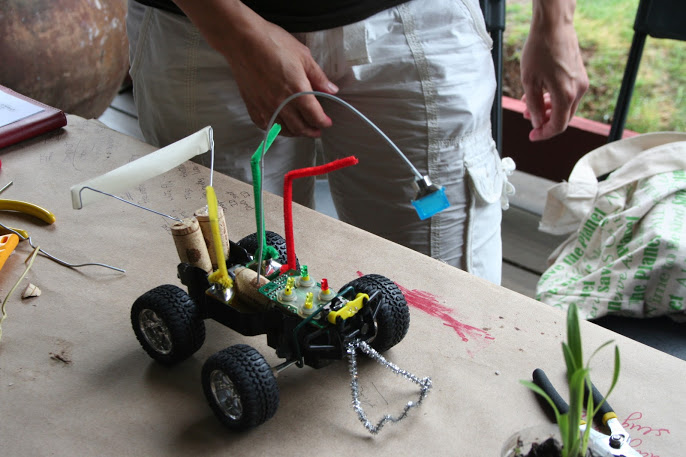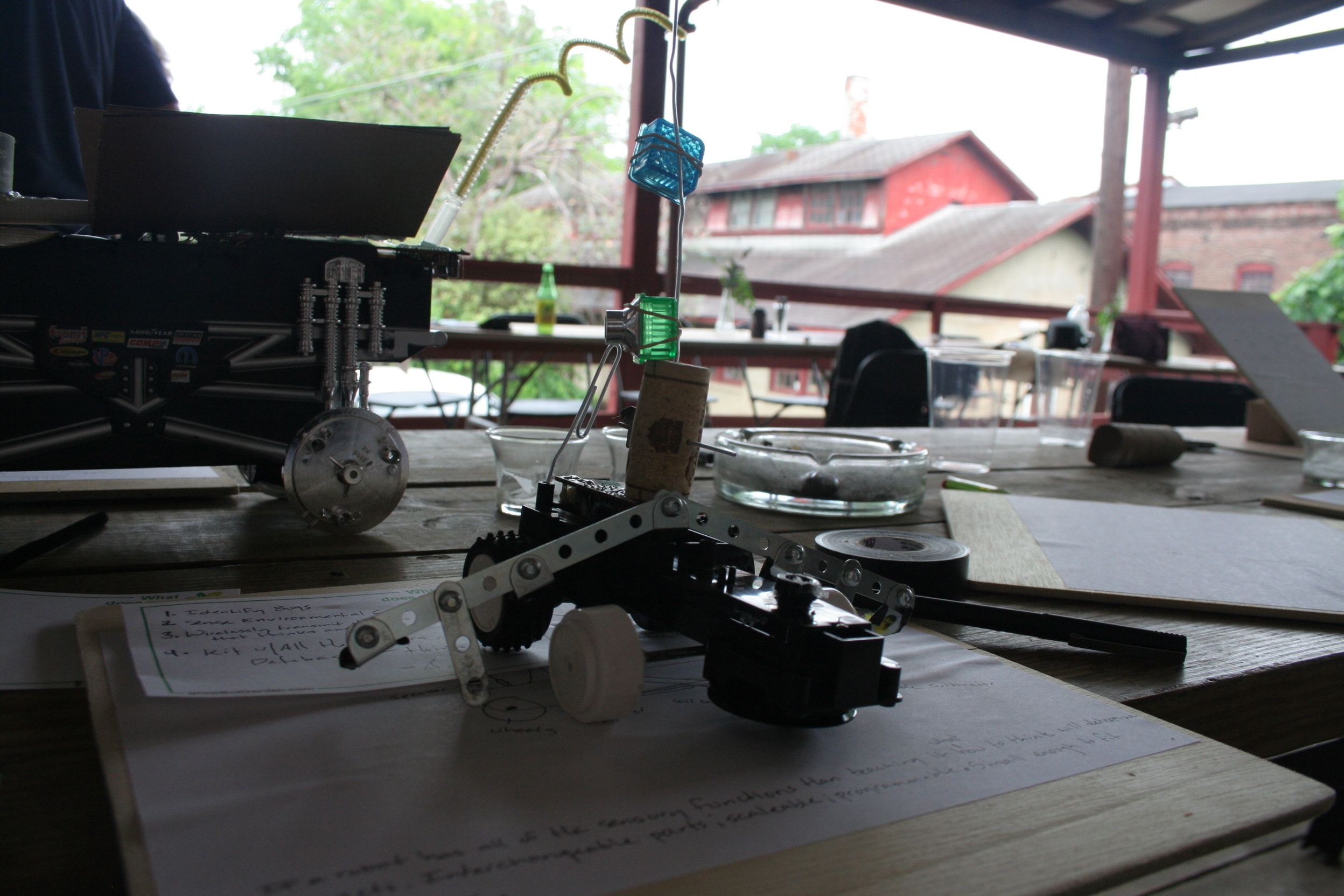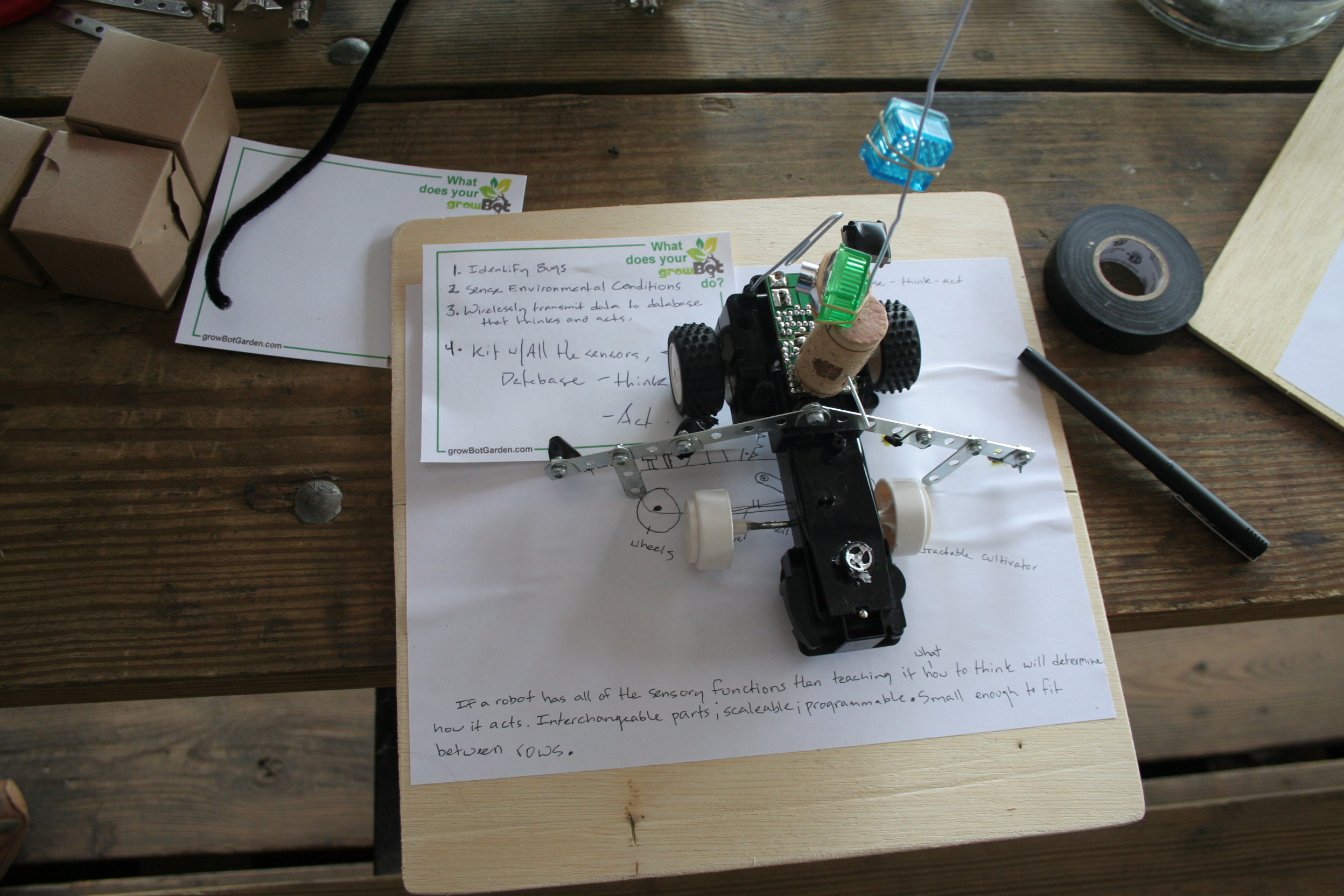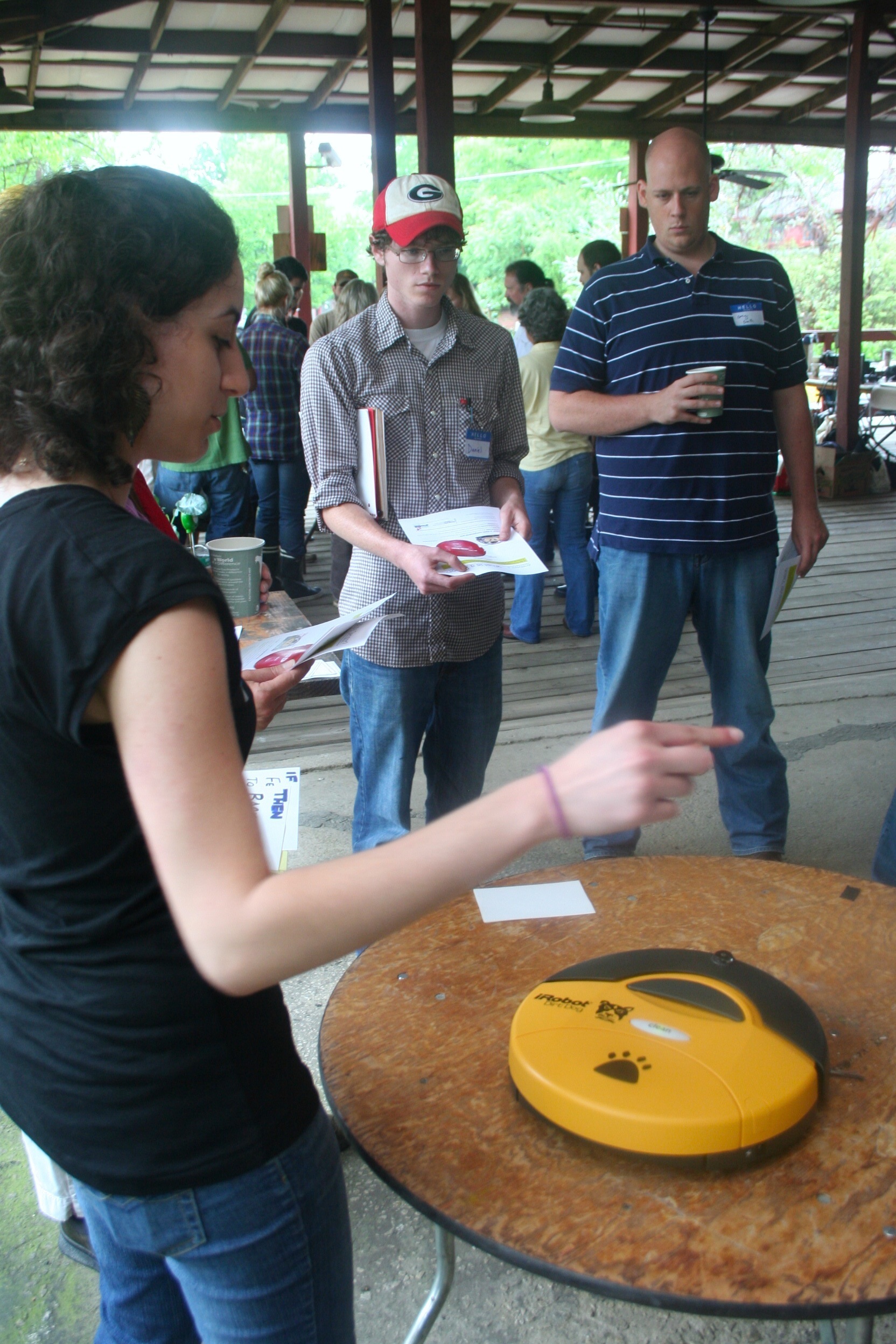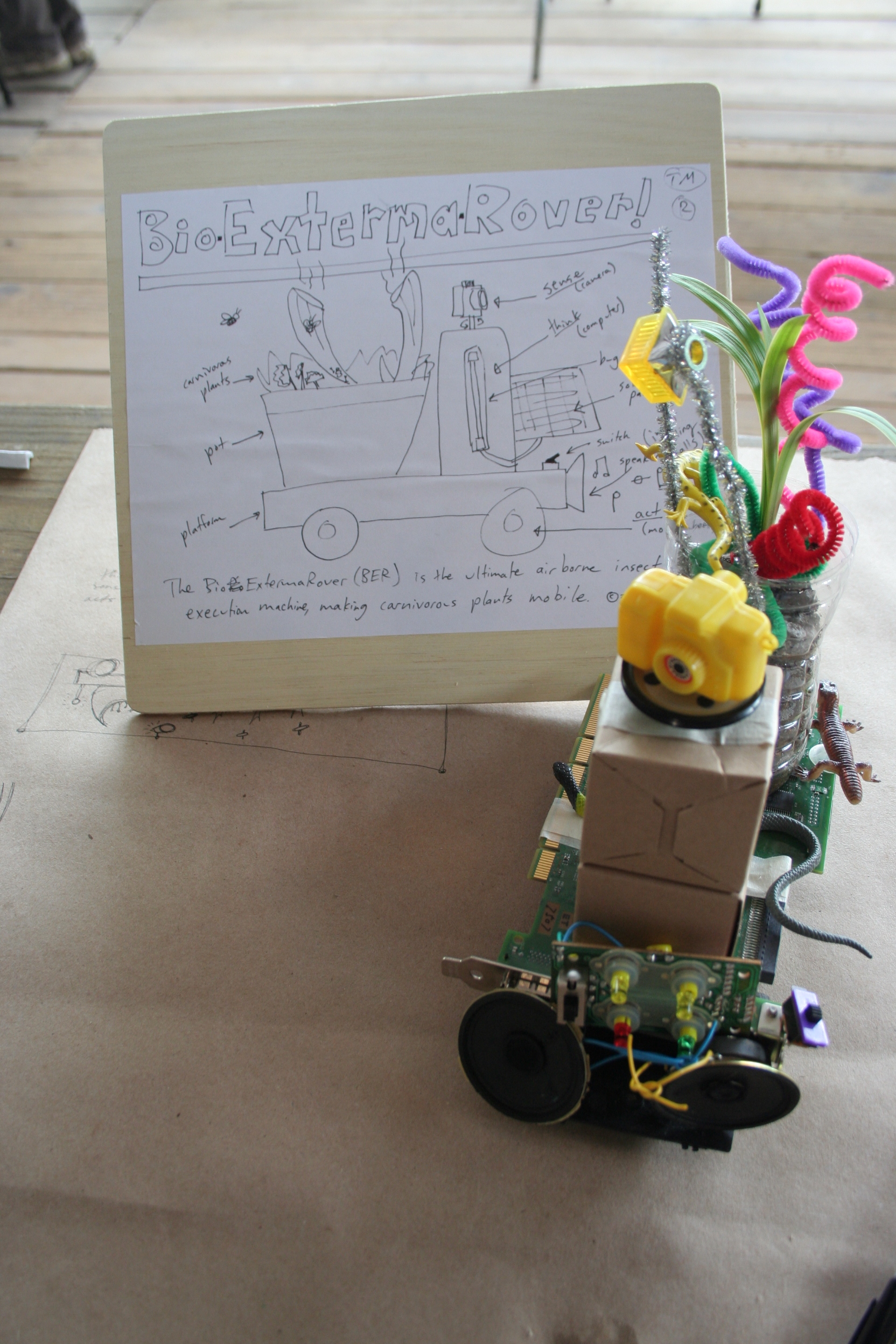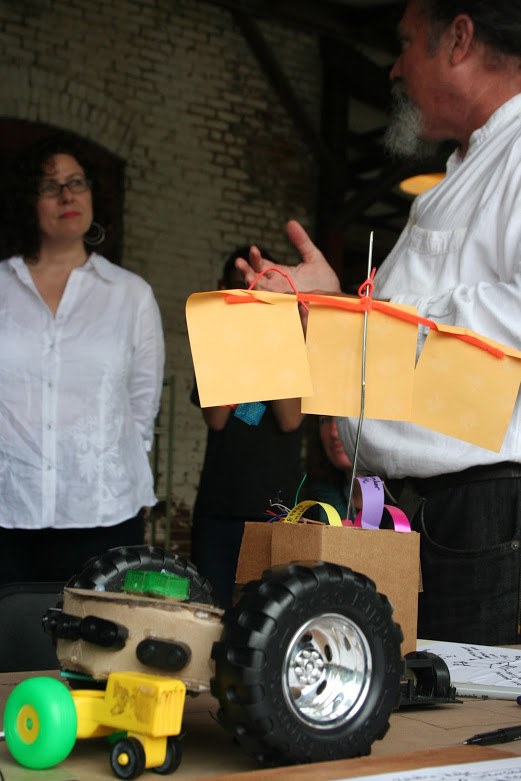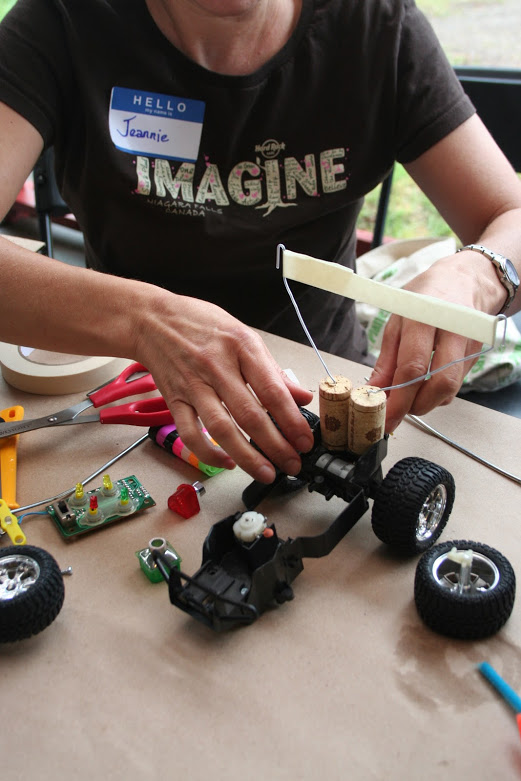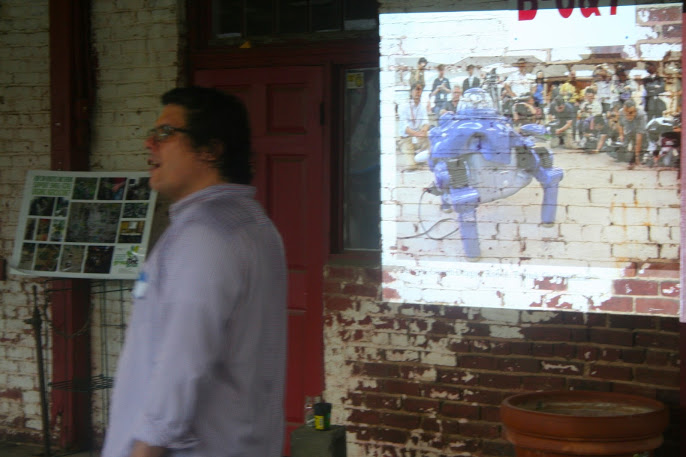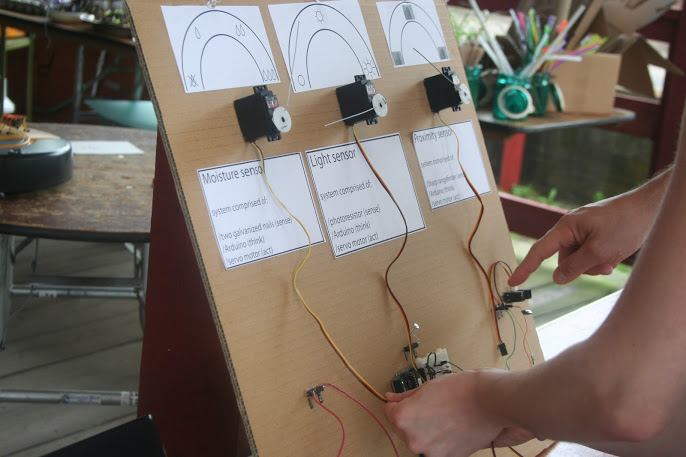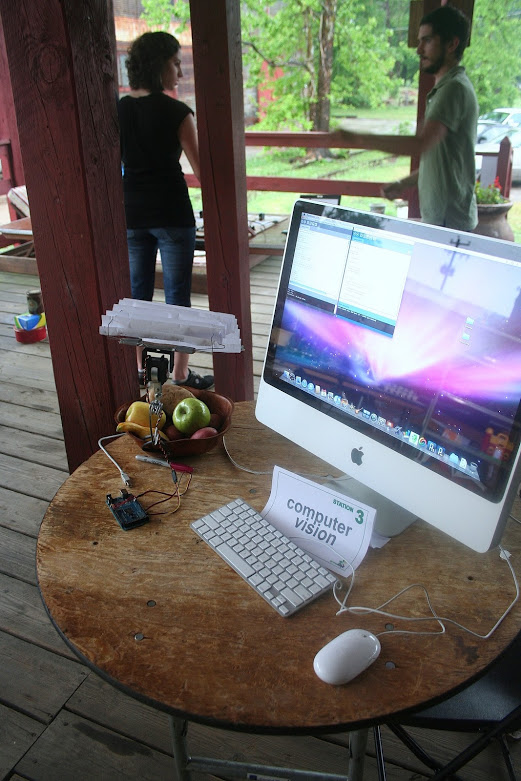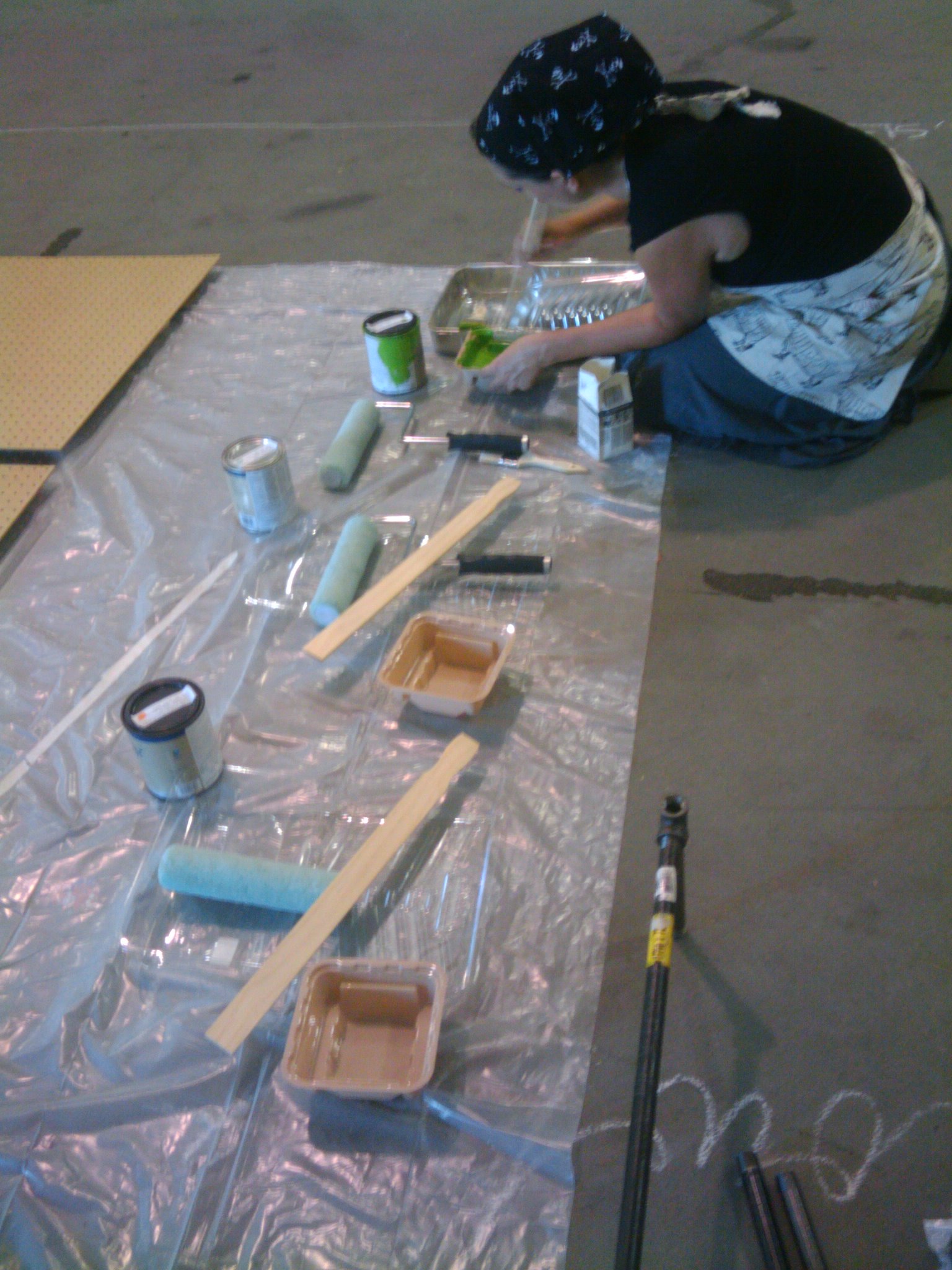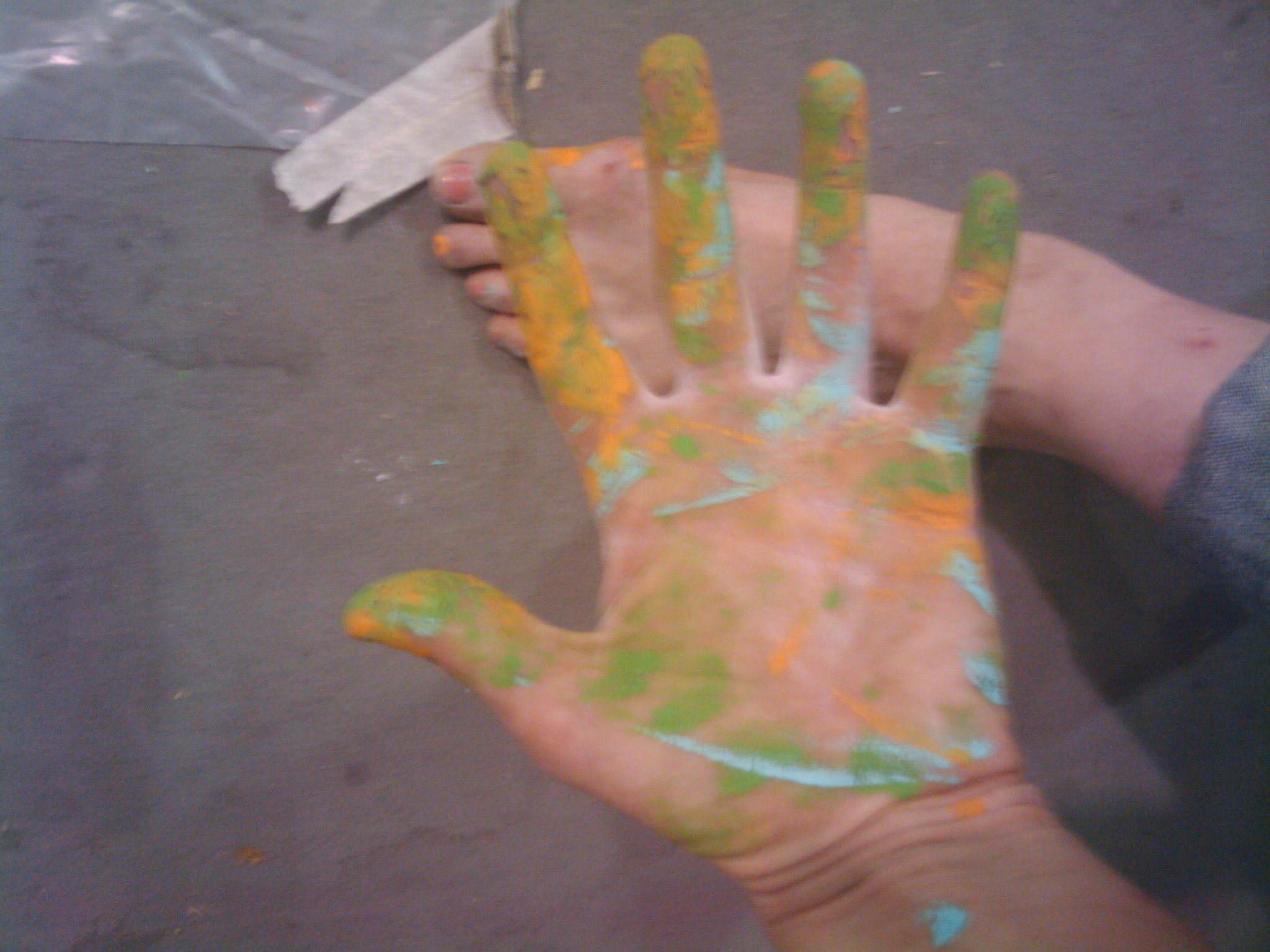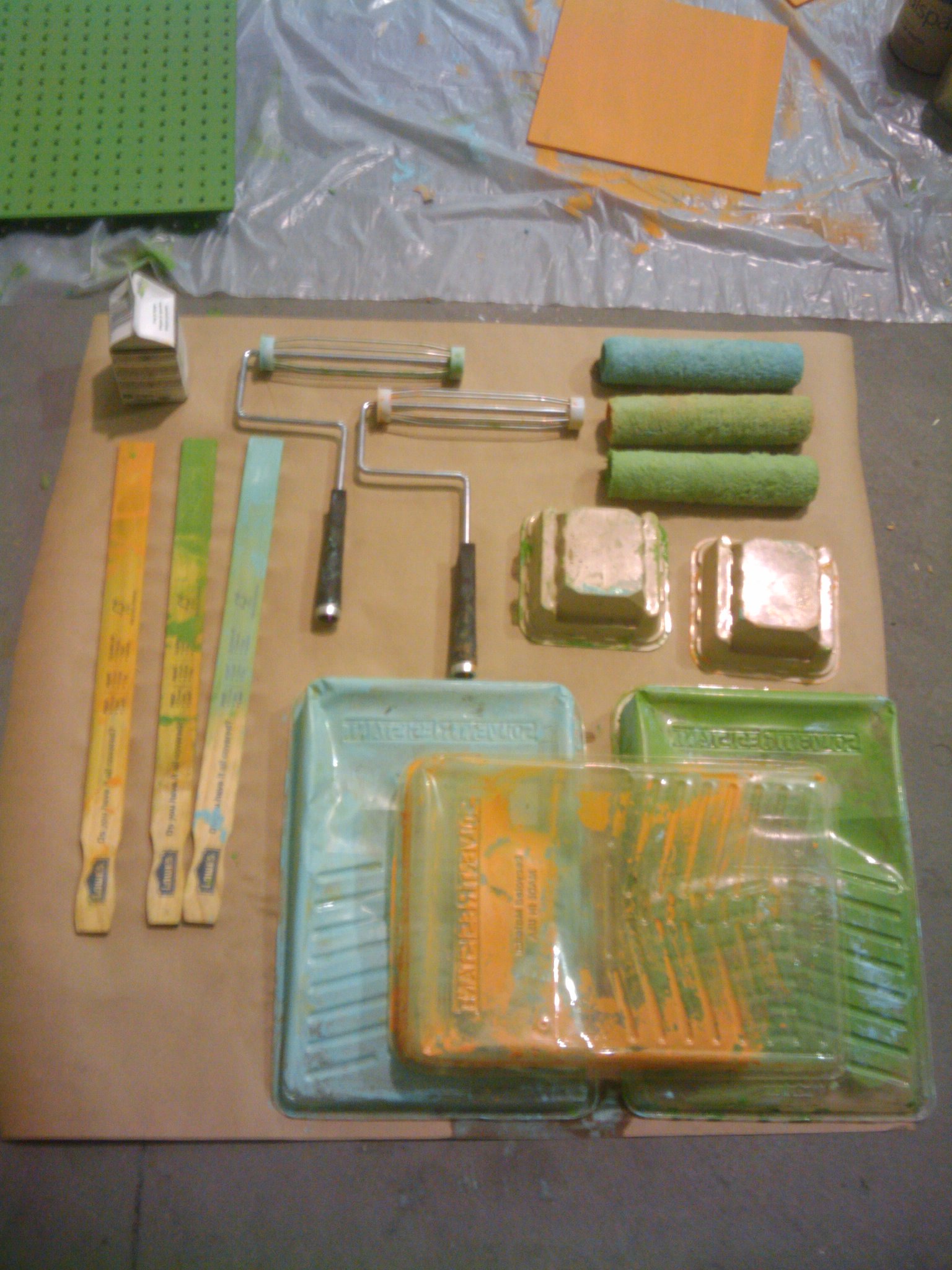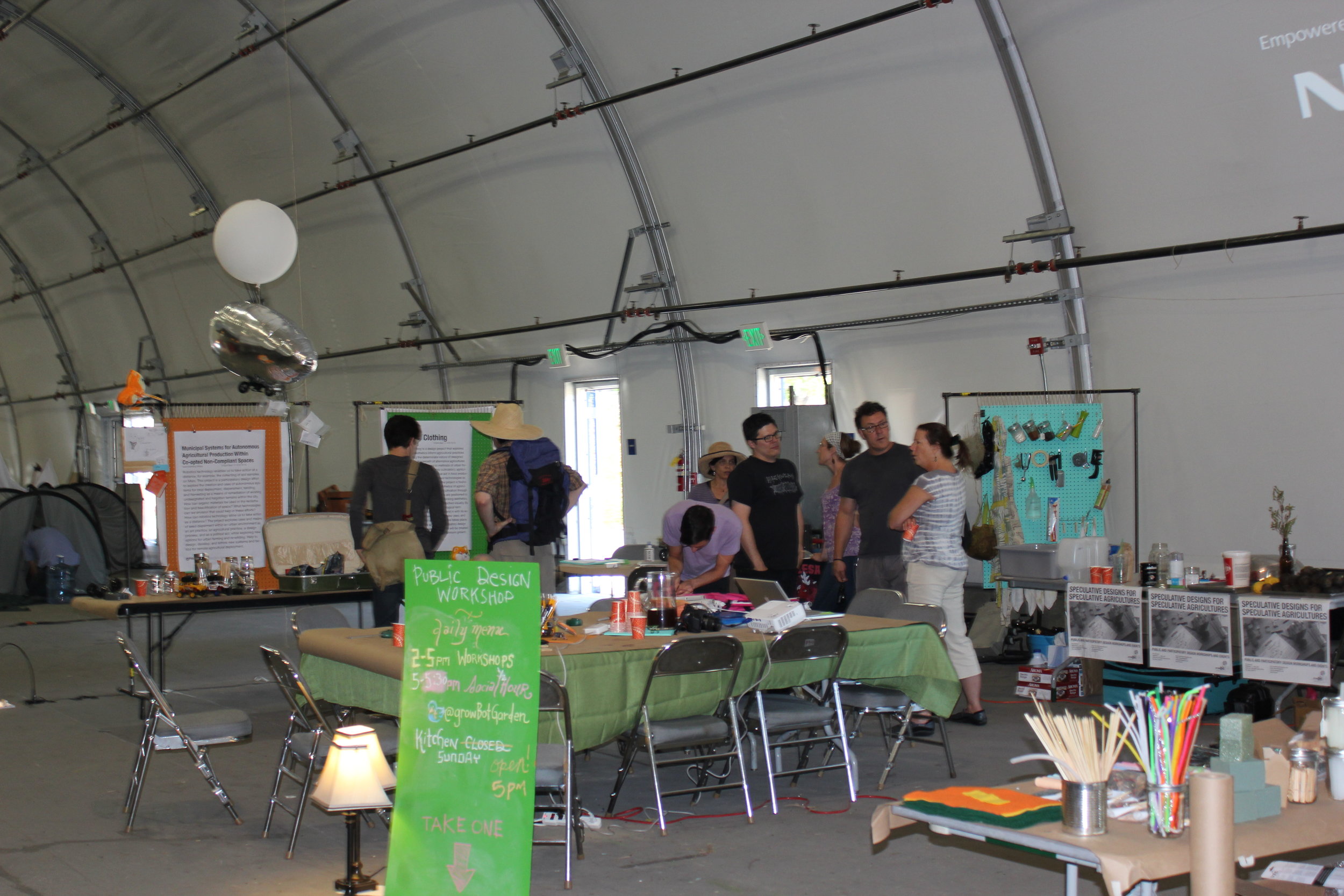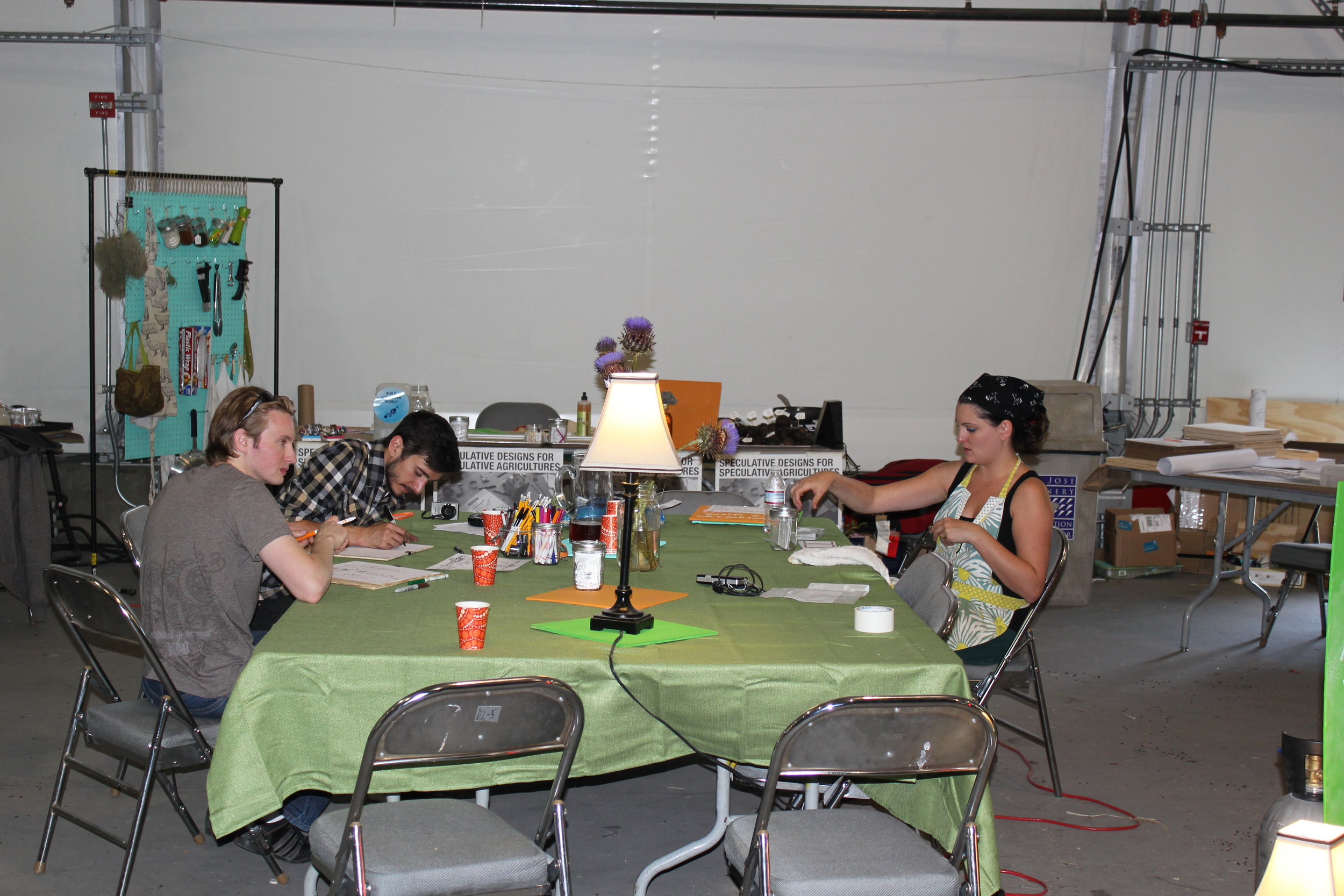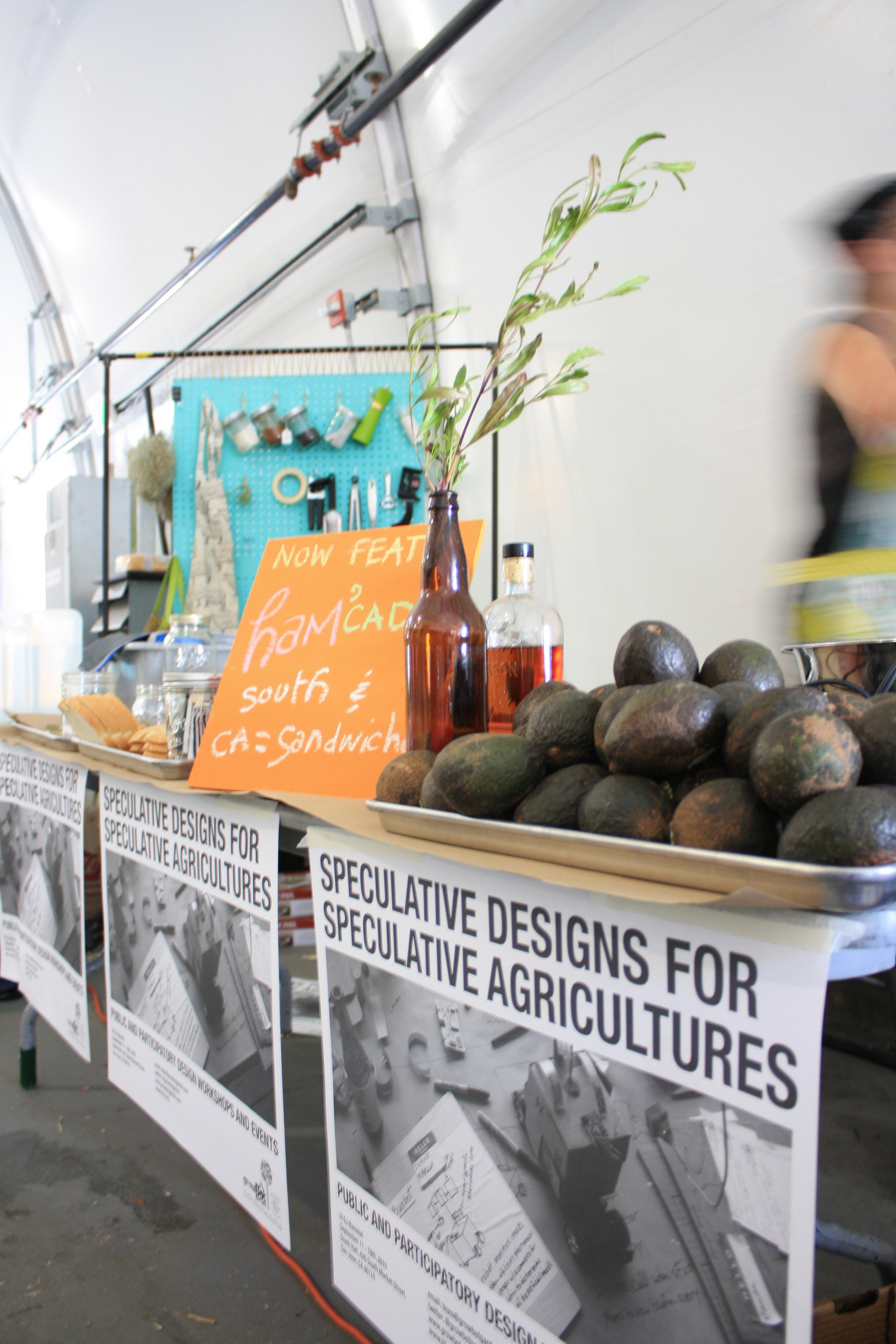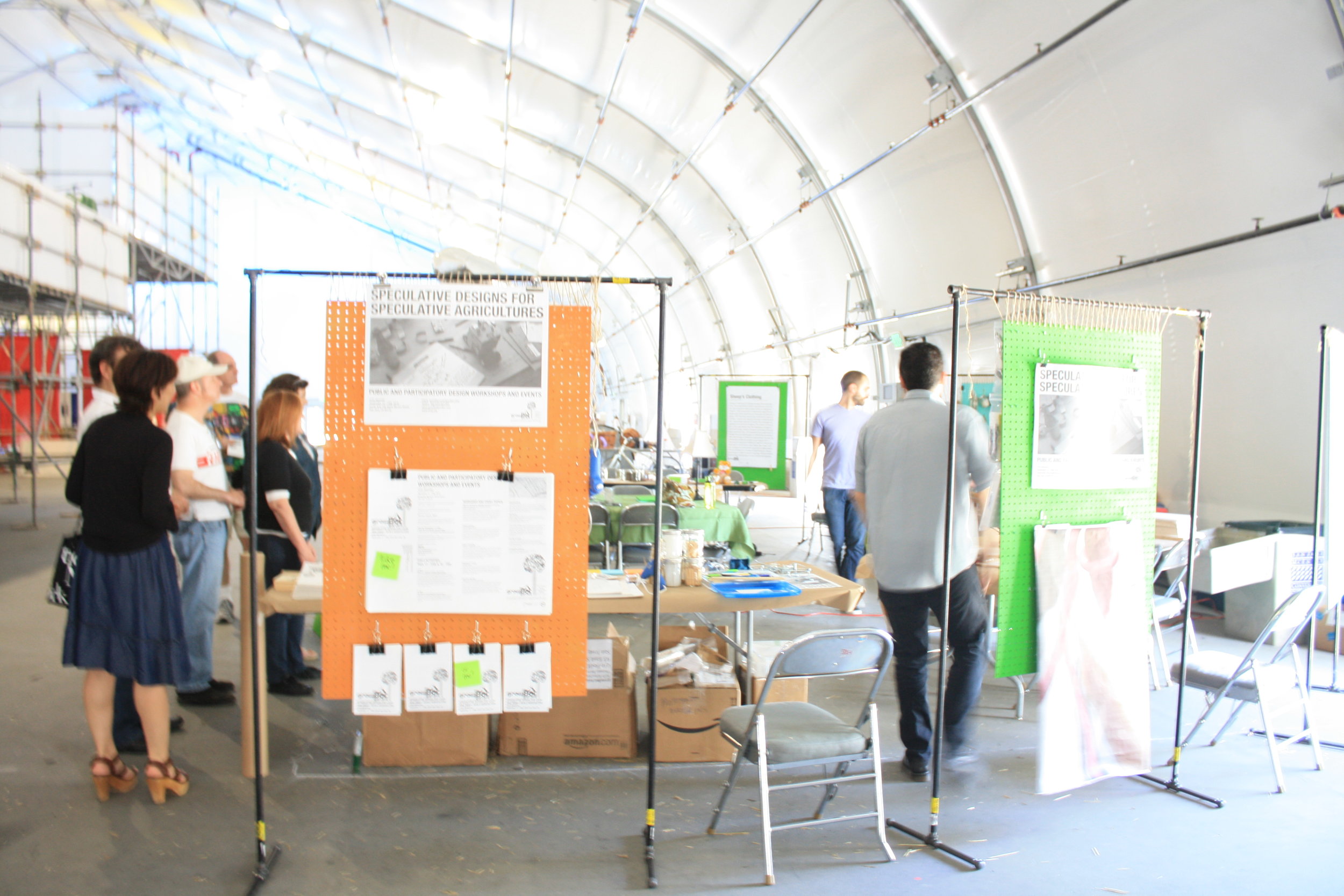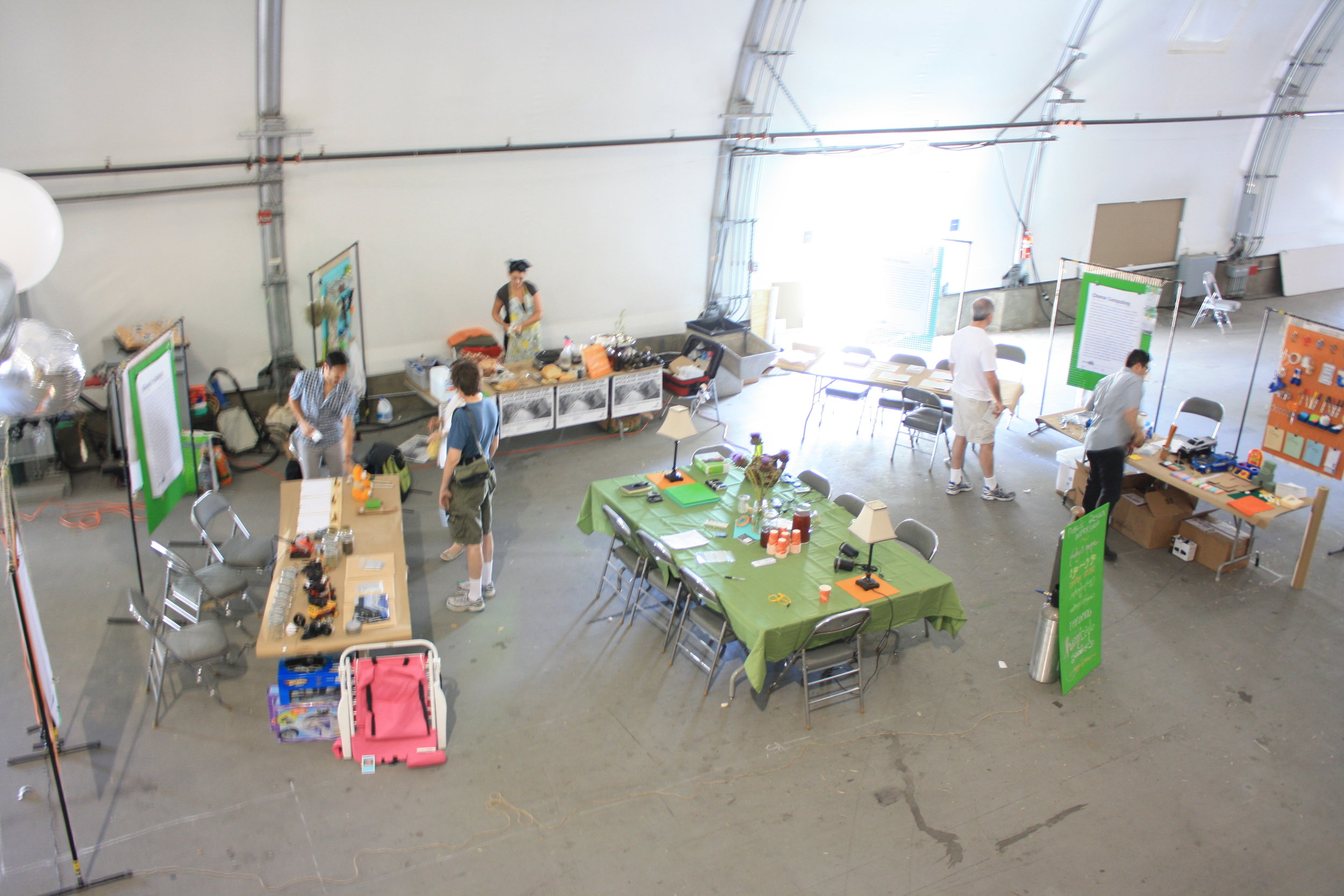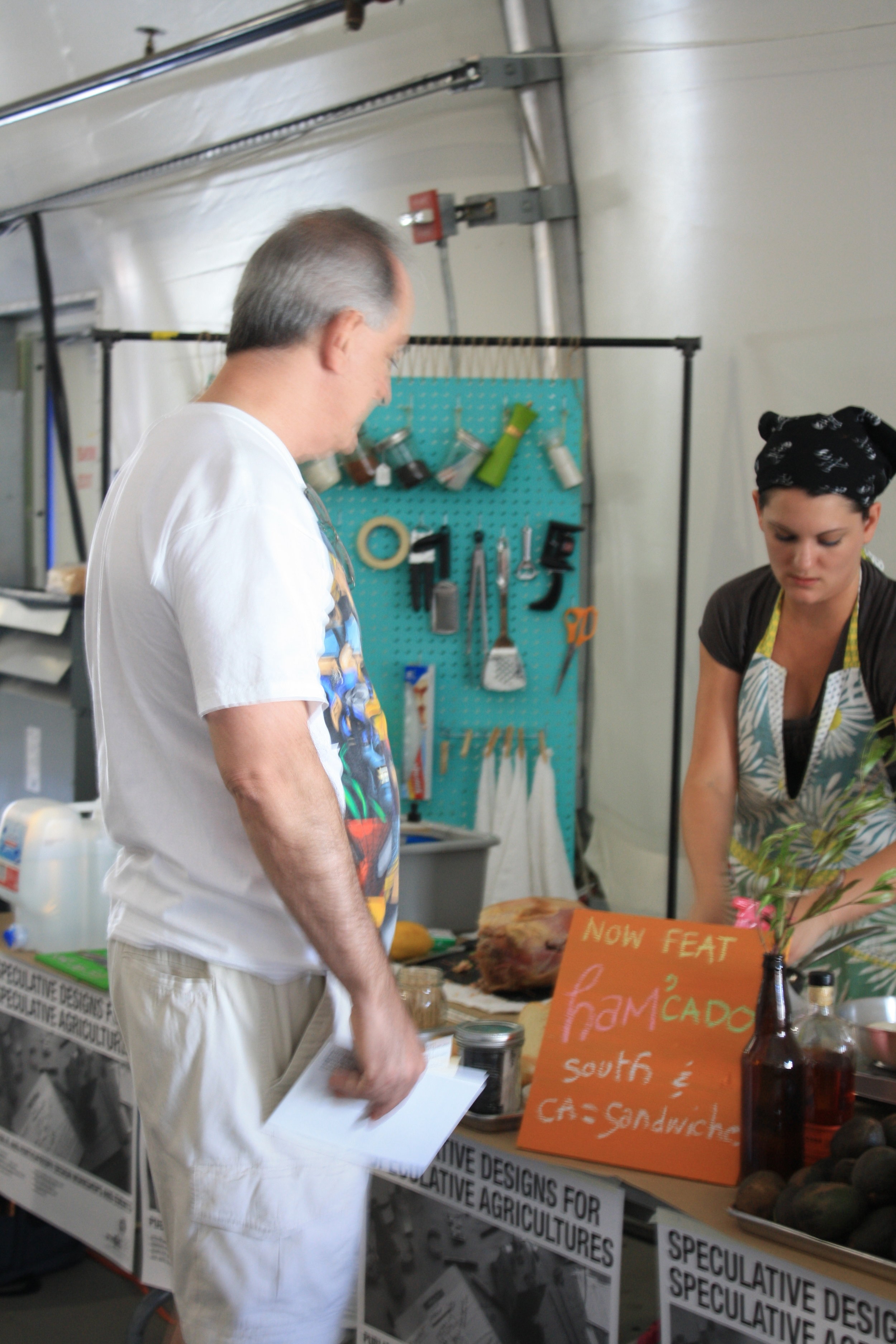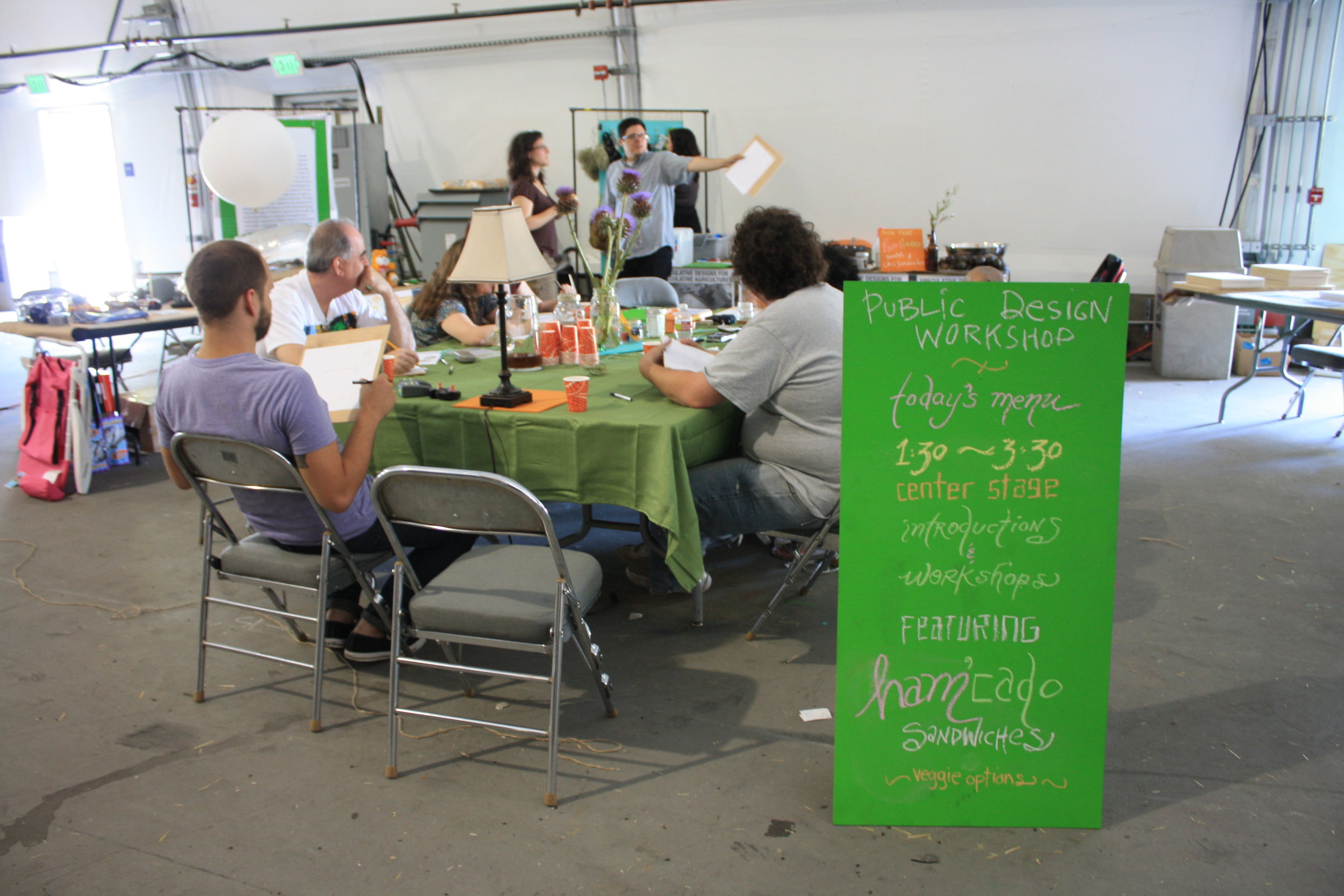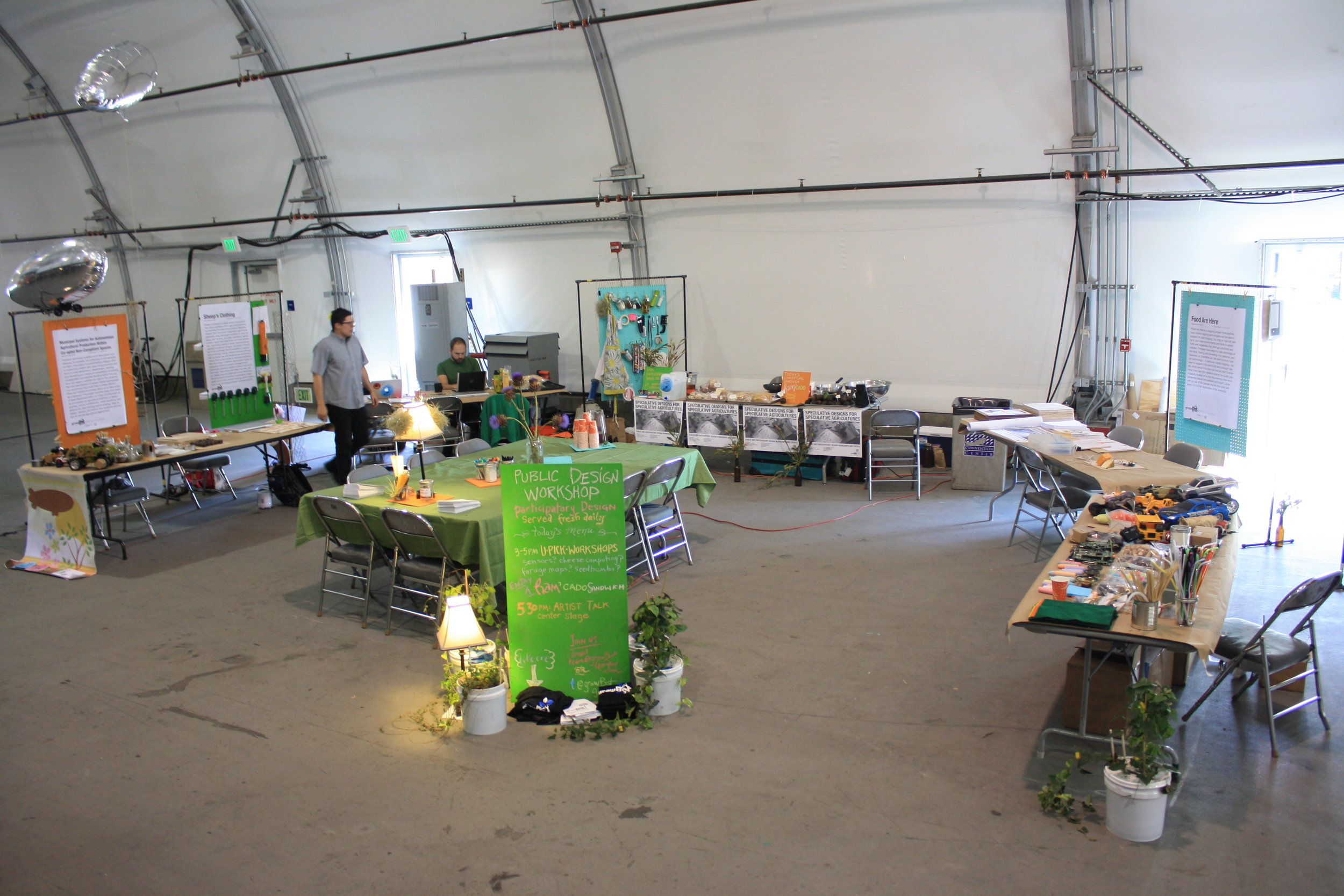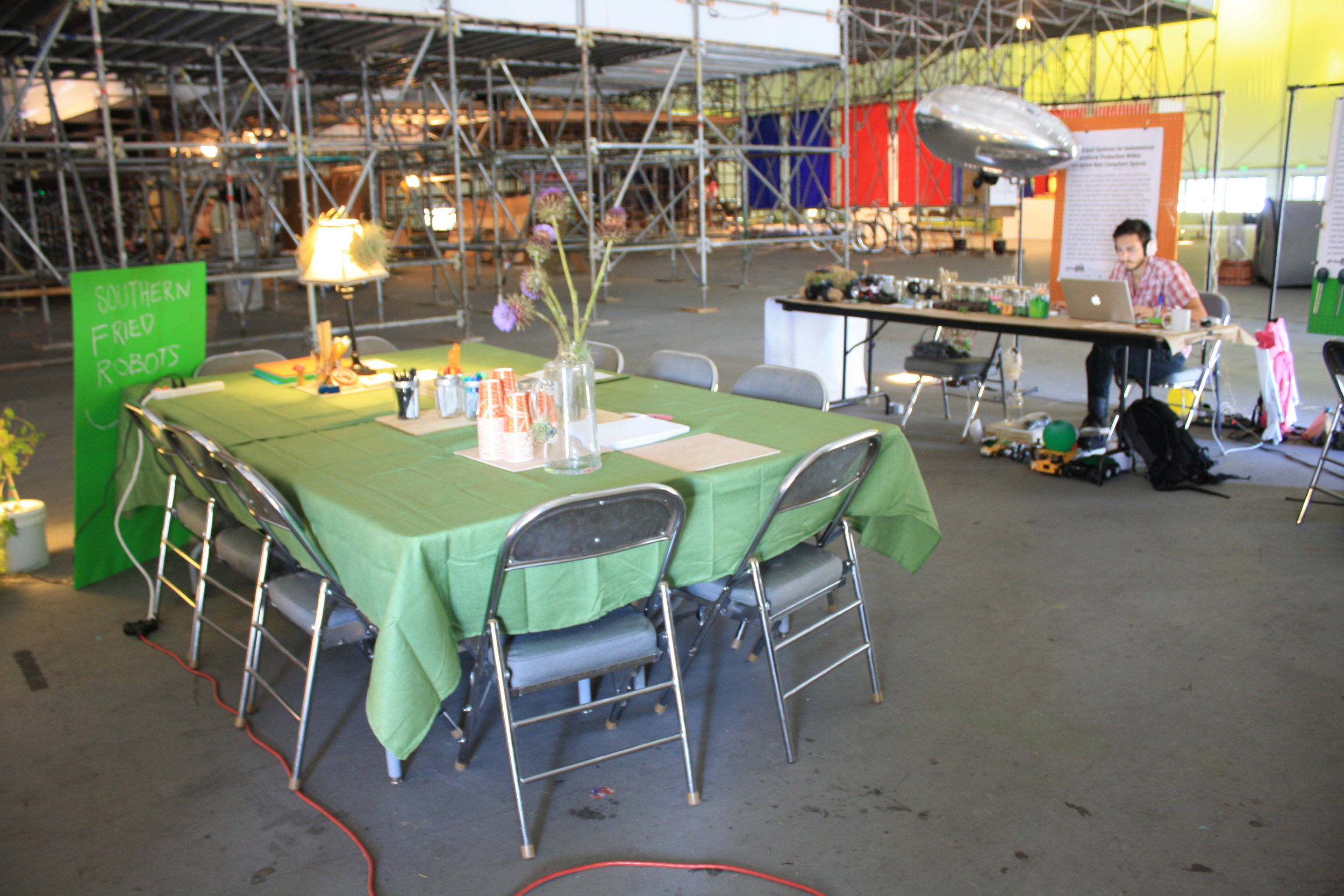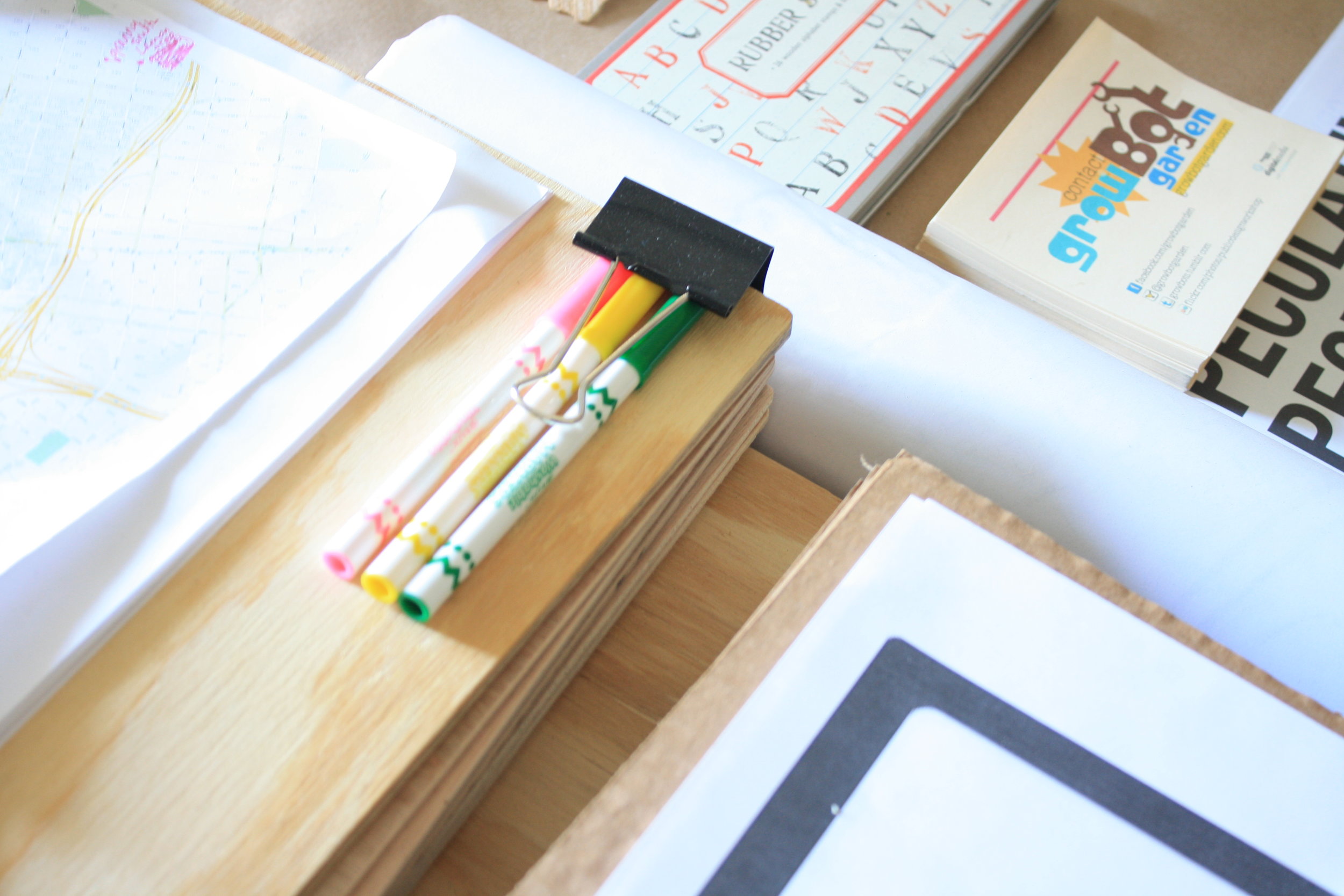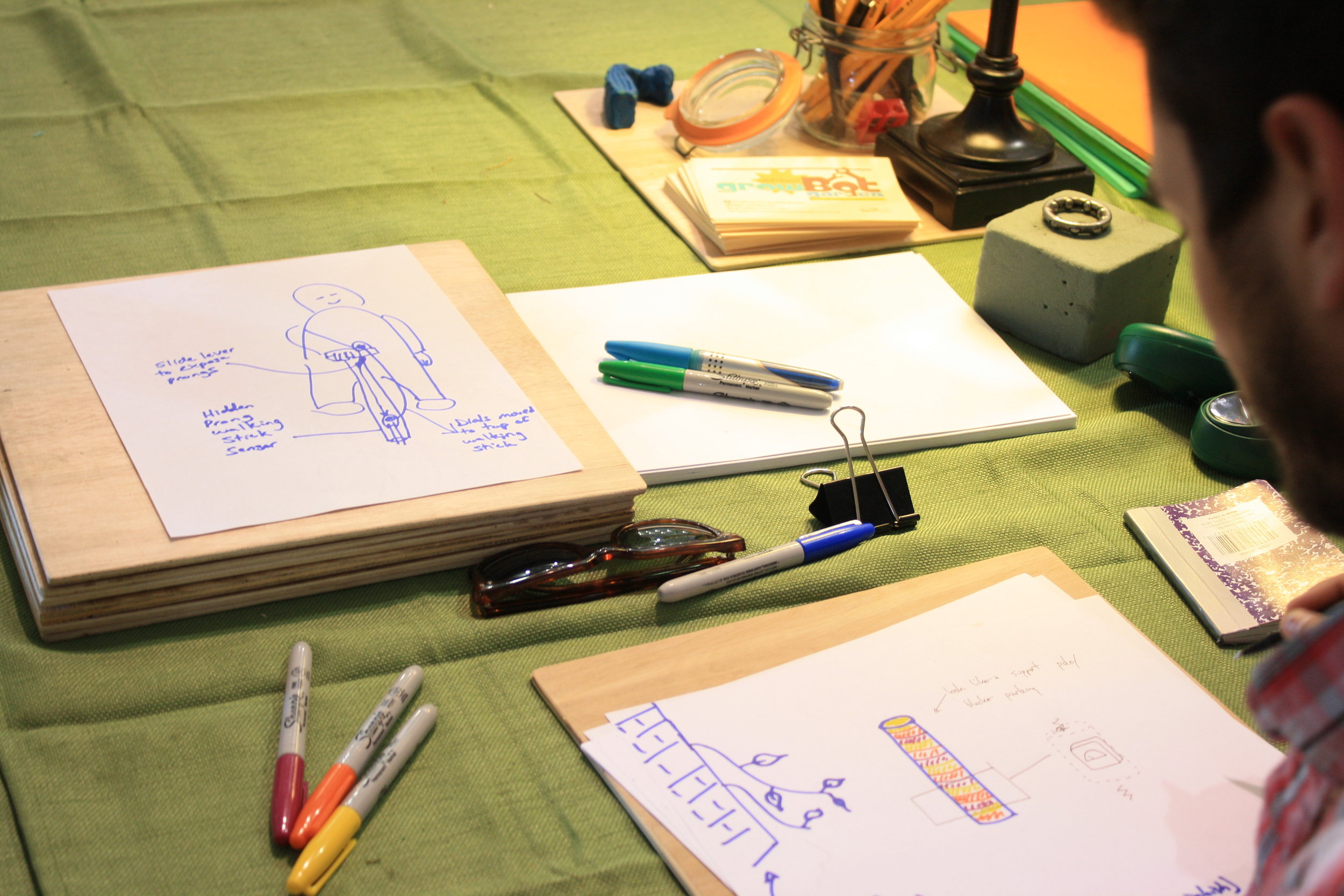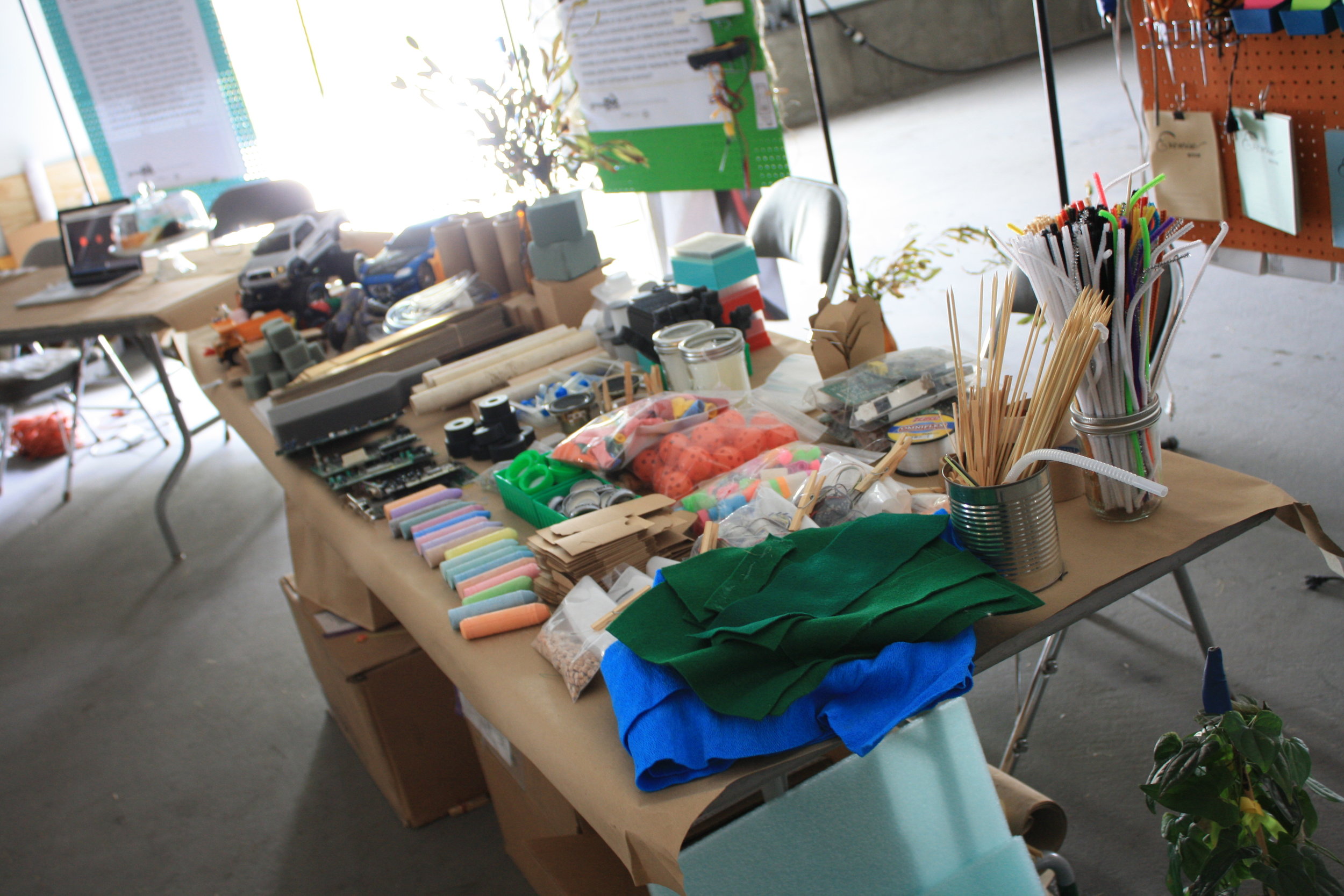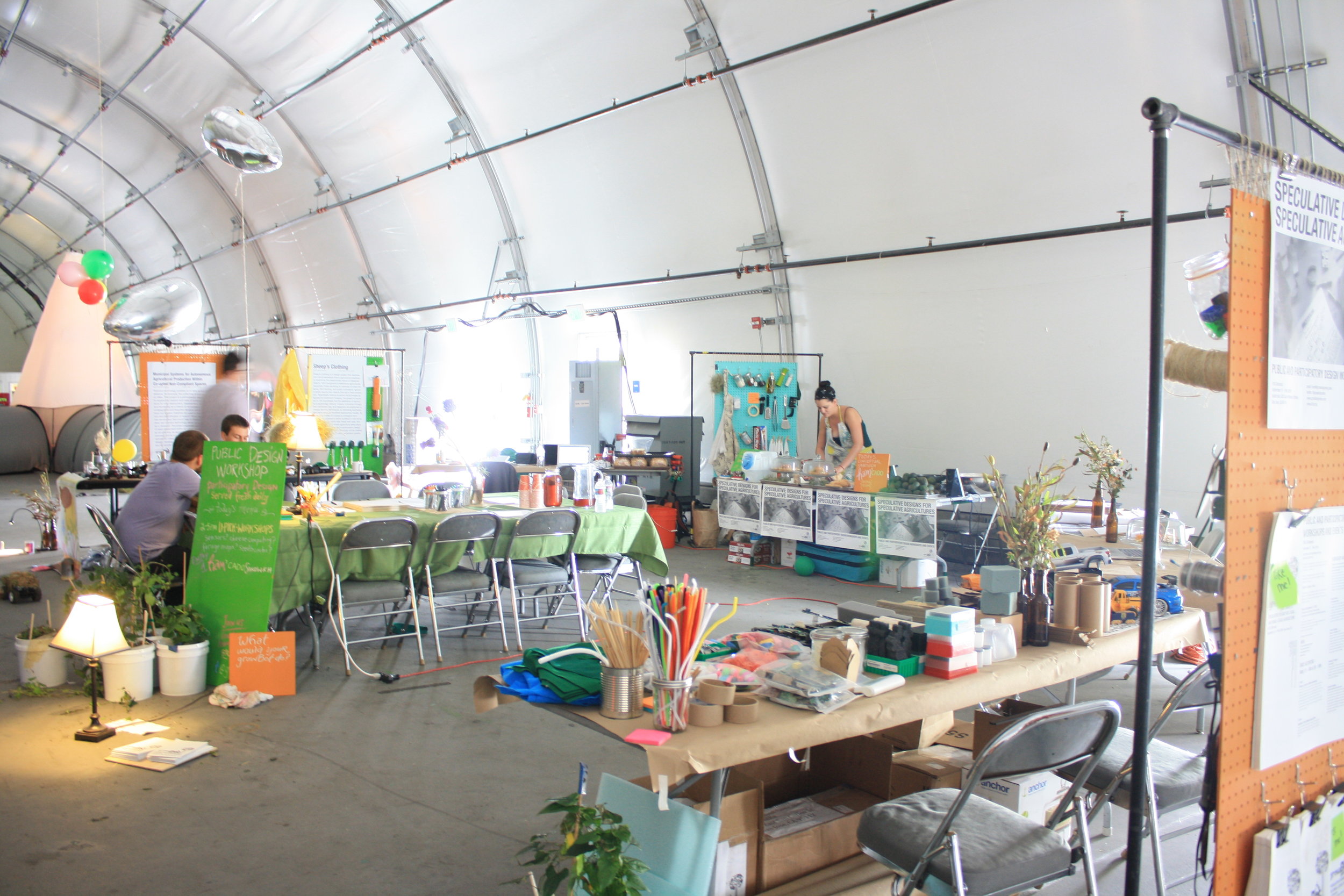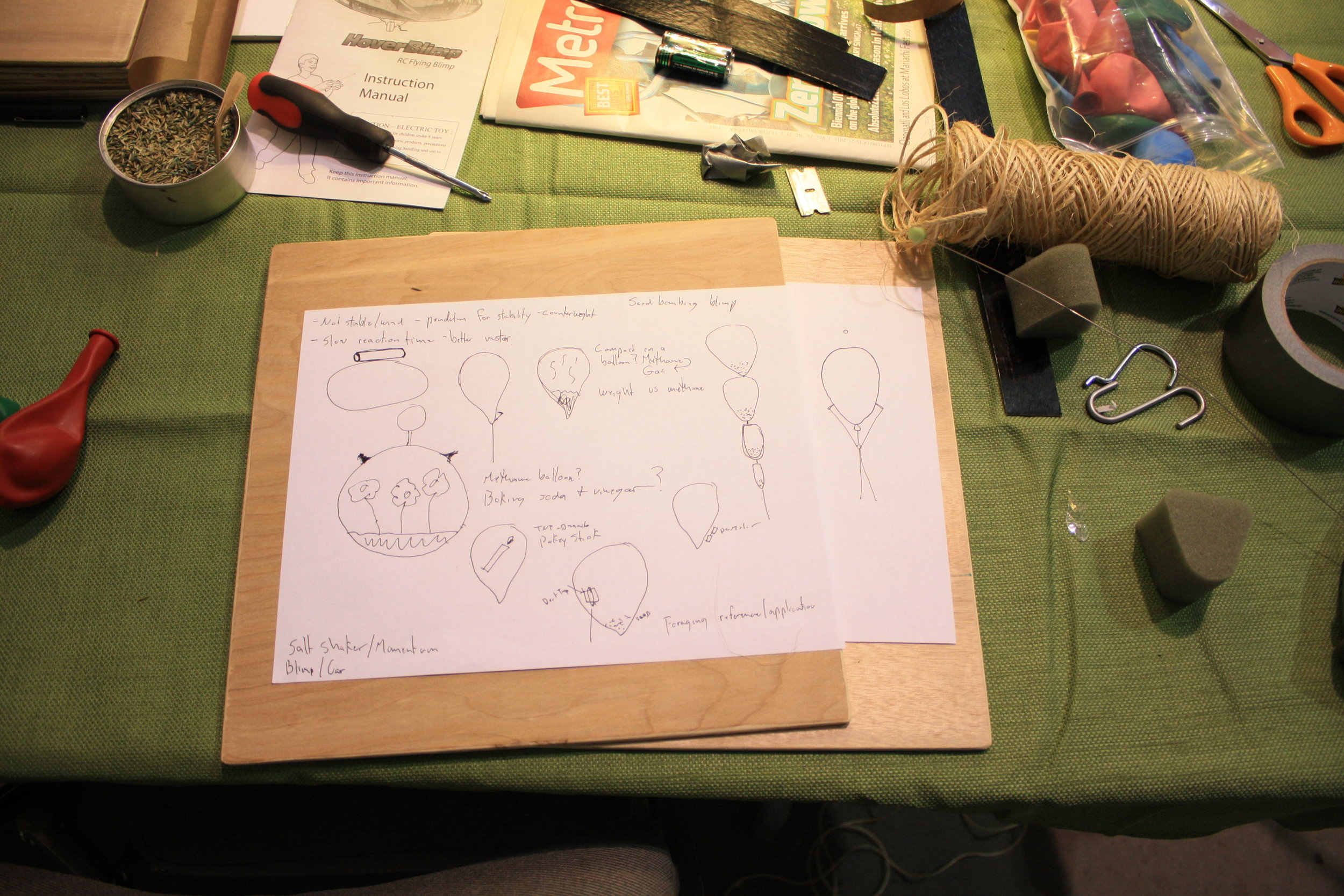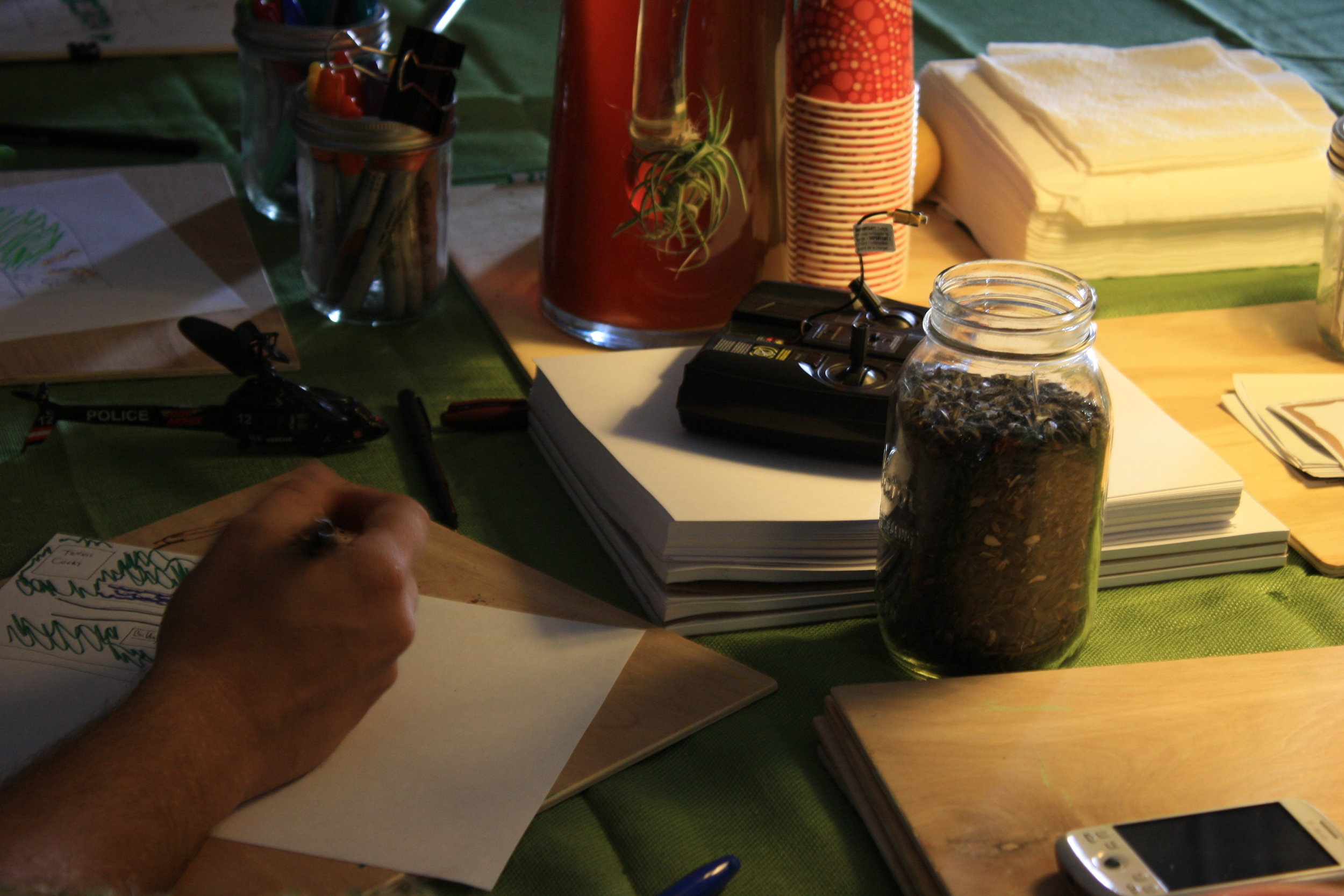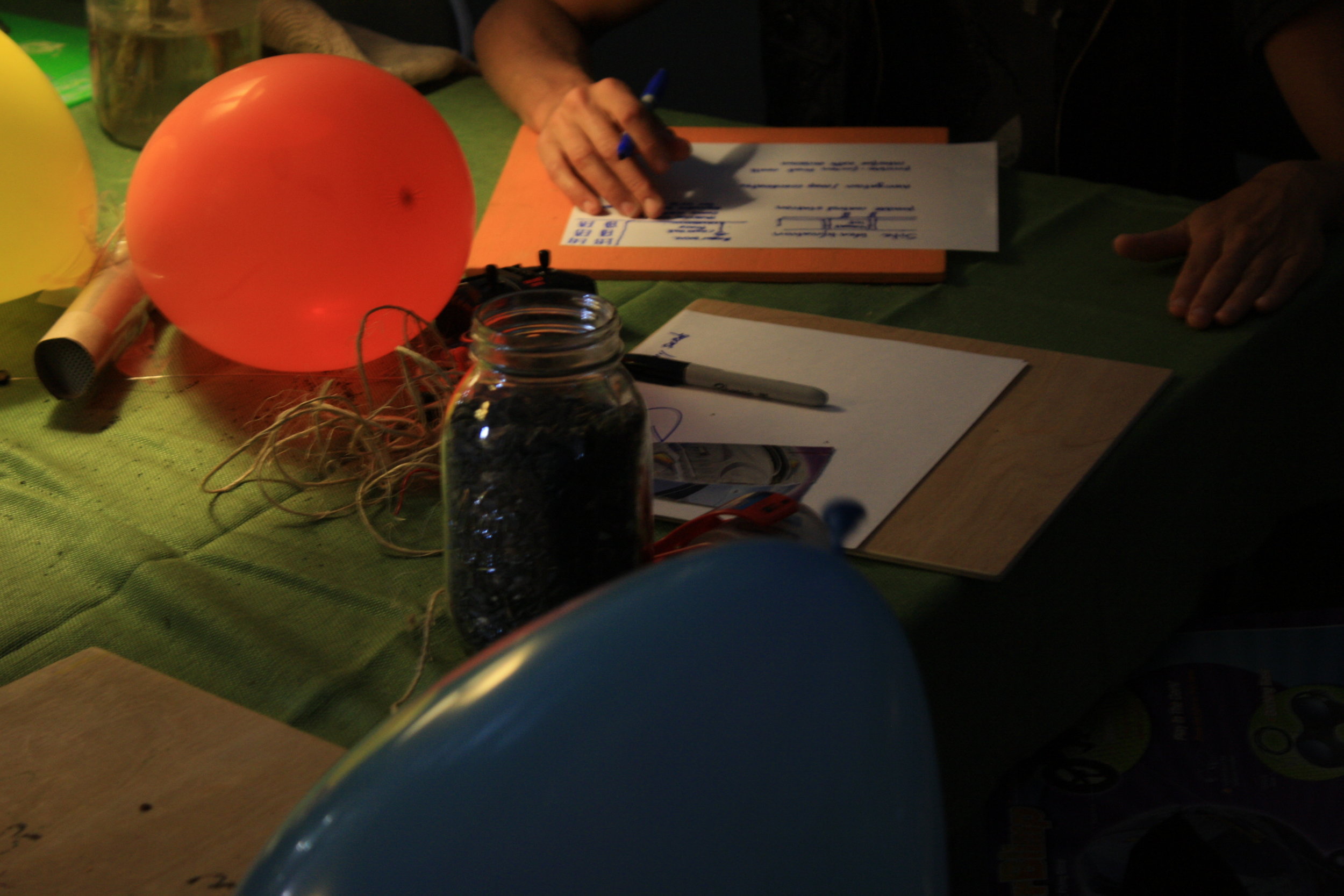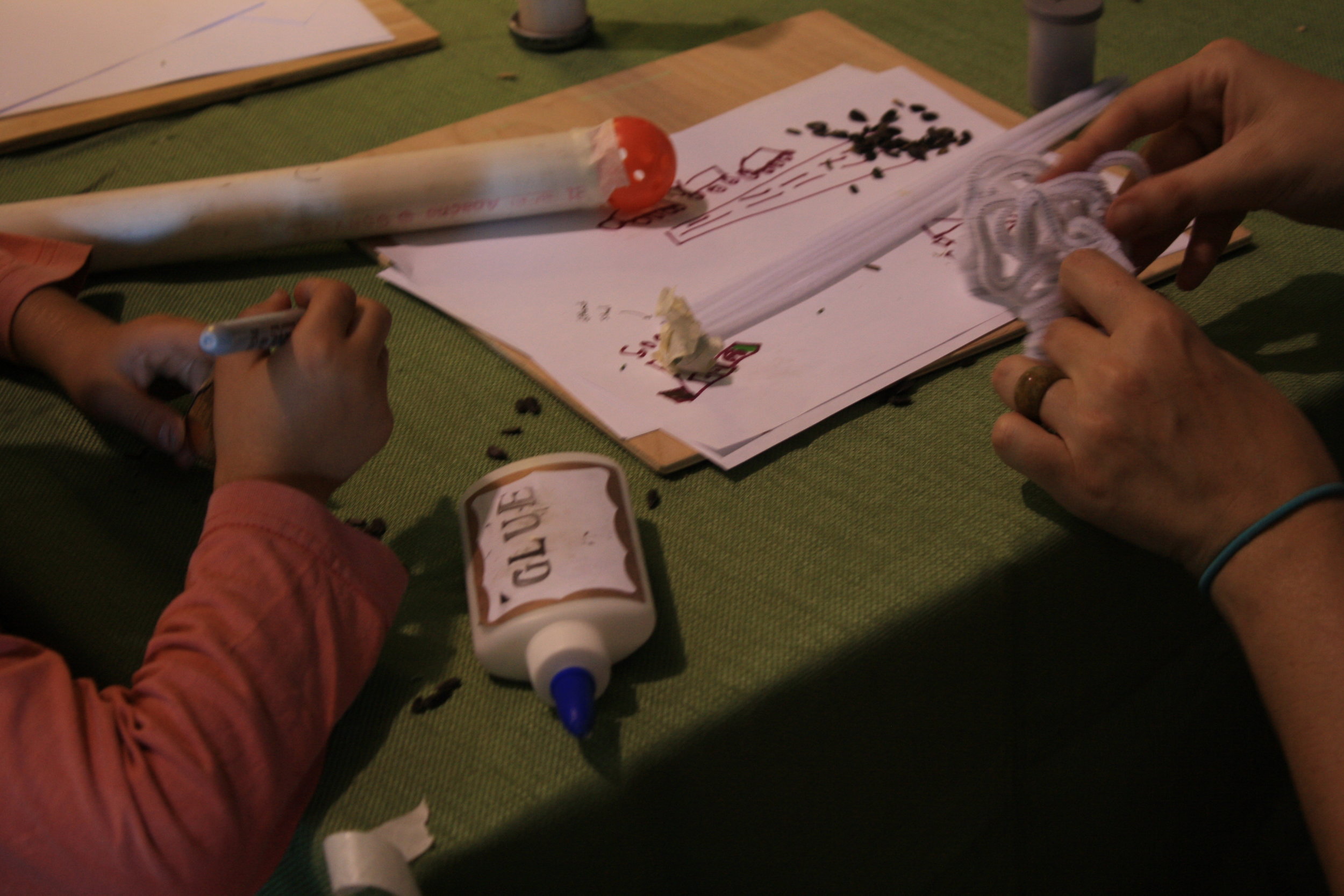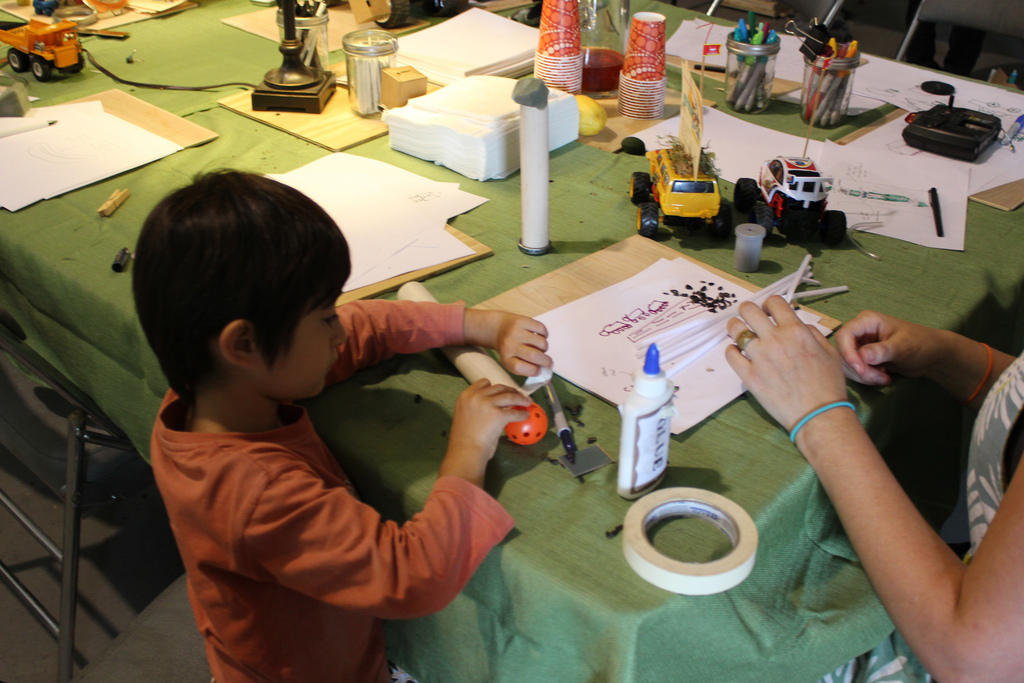The Robots Who Grew Your Lunch
Here's the thing about Speculative Design: It doesn't have to be real in order to change the future.
When I joined my graduate program at Georgia Tech, I was lucky enough to meet Dr. Carl DiSalvo, who was currently working on NSF-funded research into community design practices.
In the context of his Public Design Workshop program, I pitched an idea: What if Georgia Tech - famous for industry collaboration - worked on small-scale robotics intended for the organic growing community? I knew dozens of organic farmers from my pop-up restaurant rogueApron. What if a big engineering school designed robots for them? And could I get CNN, WIRED and Gourmet to publicize these ideas?
At the time, I described the project as such:
“The growBot project is an exploratory, moderated conversation space between technologists, roboticists, engineers and small-scale organic farmers. The growBot project asks: What innovations might occur in the conversation space between these parties? Modern agricultural robotics are geared towards large scale industrial production – what new ideas could these conversations cultivate? This moderated discussion, scheduled for Spring and Summer 2010, is equal parts community building and exploration, cross-disciplinary education, and speculative design.”
Of course, the above is academic-speak for a process that's really simple.
Organic farmers are agriculture experts with specific problems
Technologists have tools that could easily solve these problems
But these folks don't work together unless ...
... We put them into a participatory design setting and create the opportunities for them to work together!
The goal of speculative design is to create an idea that can percolate throughout culture.
For example, you'll probably remember Tom Cruise using a futuristic gesture-based user interface in the 2002 movie Minority Report. Yes, Tom Cruise invented Swiping Right! Now of course, you probably spend several hours a day on your phone, using gestures to navigate the web.
That's the power of design futures - and that's why one of the goals of the growBot project was to use the fanciful cardboard robots designed by the farmer/technologist teams to spark conversation in the media and in academic circles.
The cardboard prototypes served as crude visual standins for powerful ideas - the mowBa below is a prototype for electric design maintenance and was even featured on CNN!
“If you consider the extent and pervasiveness of technology in industrial agriculture, where robotics are increasingly being utilized in order to carry out operations of a vast scale, you are witnessing the development of a future. The GrowBot Garden project asks people to imagine a different future, where DIY technologies can aid the organize farmer to compete within this industry.”
Art Installation / Participatory Design
01SJ 2010
We took the growBots Design Practice to ZERO1 during the 2010 01SJ Biennial in San Jose, using the Southern Fried Robots Social Hour to recruit design participants during the 10 day installation. These sessions pulled participants from the technology & design community while serving as the culmination of the graduate project for the '09 class. Sessions designed robotics for agriculture, used mobile mapping to inform urban foraging, disguised sensors, and even the possibility of computing through cheese.
Press & Publications
growBots on CNN, WIRED & Gourmet
CNN Appearance by Dr. Carl DiSalvo [archived video]
WIRED.com blog post by Bruce Sterling
GOURMET magazine feature [screengrabs]
Featured in the book "DIY Citizenship: Critical Making and Social Media"
Academic Research
CoDesign Journal
Each participatory design session with the growBot project served as the foundation of my master's thesis at Georgia Tech, and continued as a design foci for graduate designers enrolled in DiSalvo's Public Design Workshop. Our core team authored a paper published in the peer-reviewed journal CoDesign in 2011.
DiSalvo, Carl, Thomas Lodato, Laura Fries, Beth Schechter, Thomas Barnwell. “The Collective Articulation of Issues as Design Practice.” CoDesign. Vol. 7, No. 3-4 (2011): 185-197.
